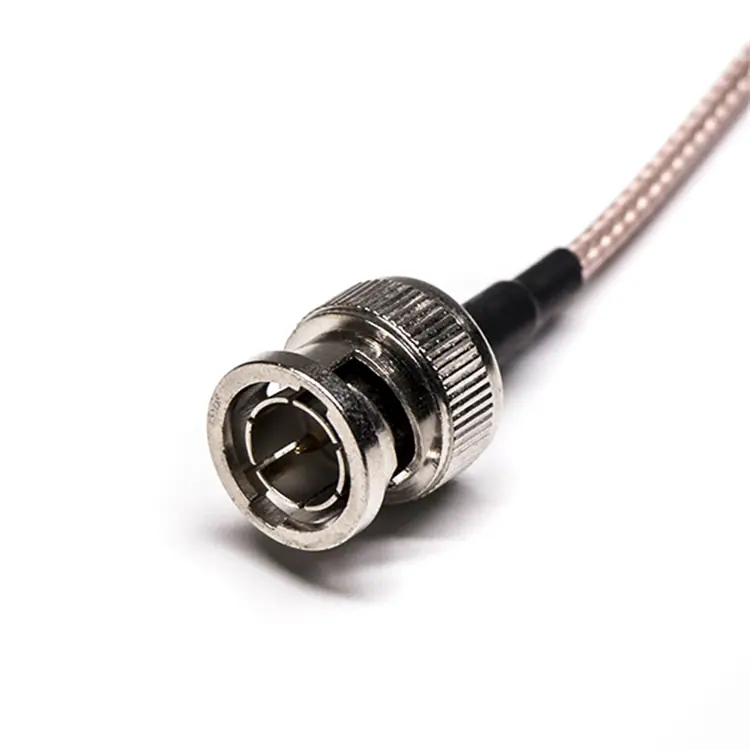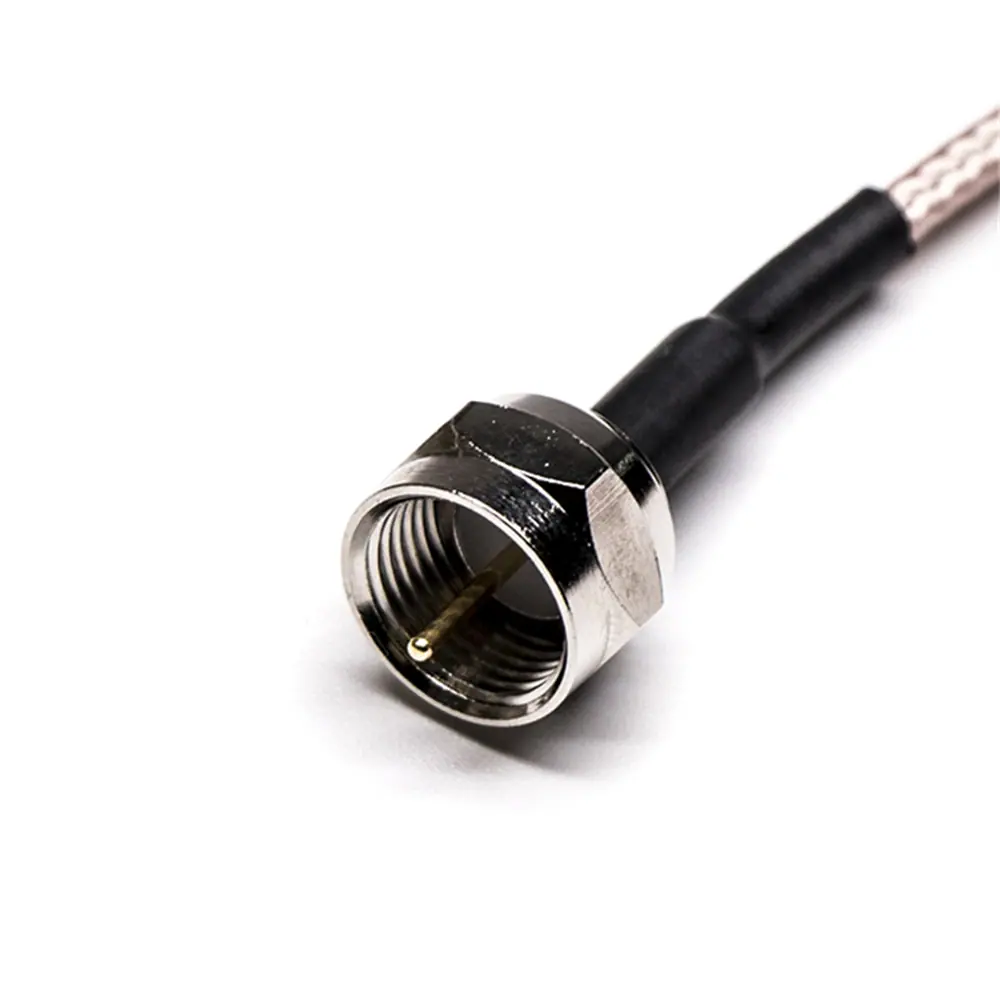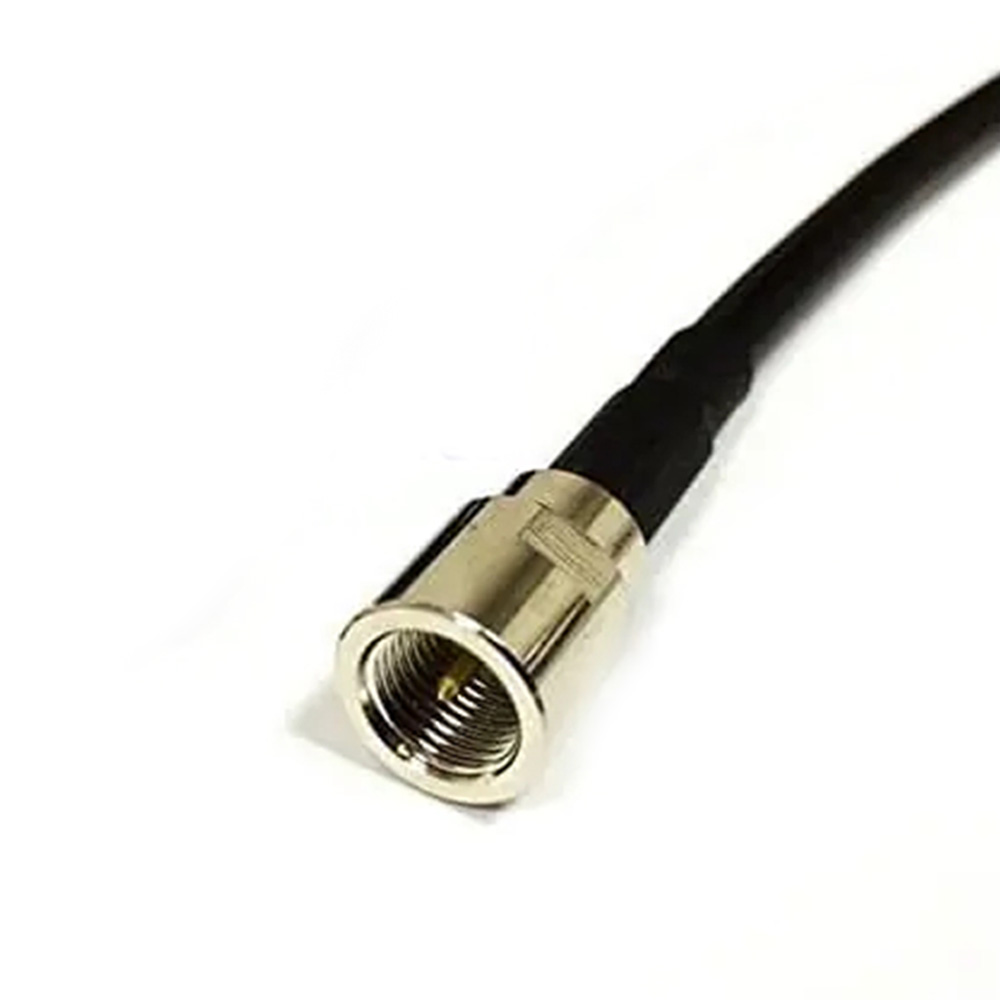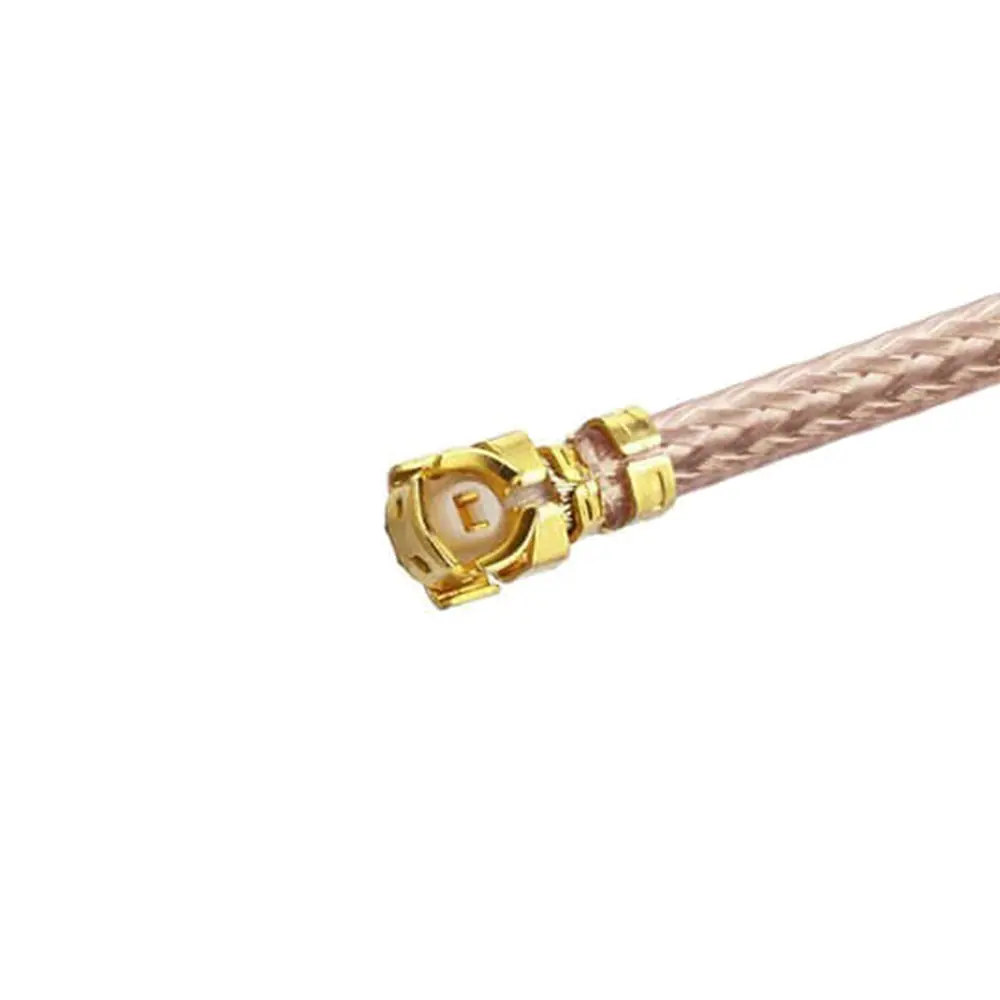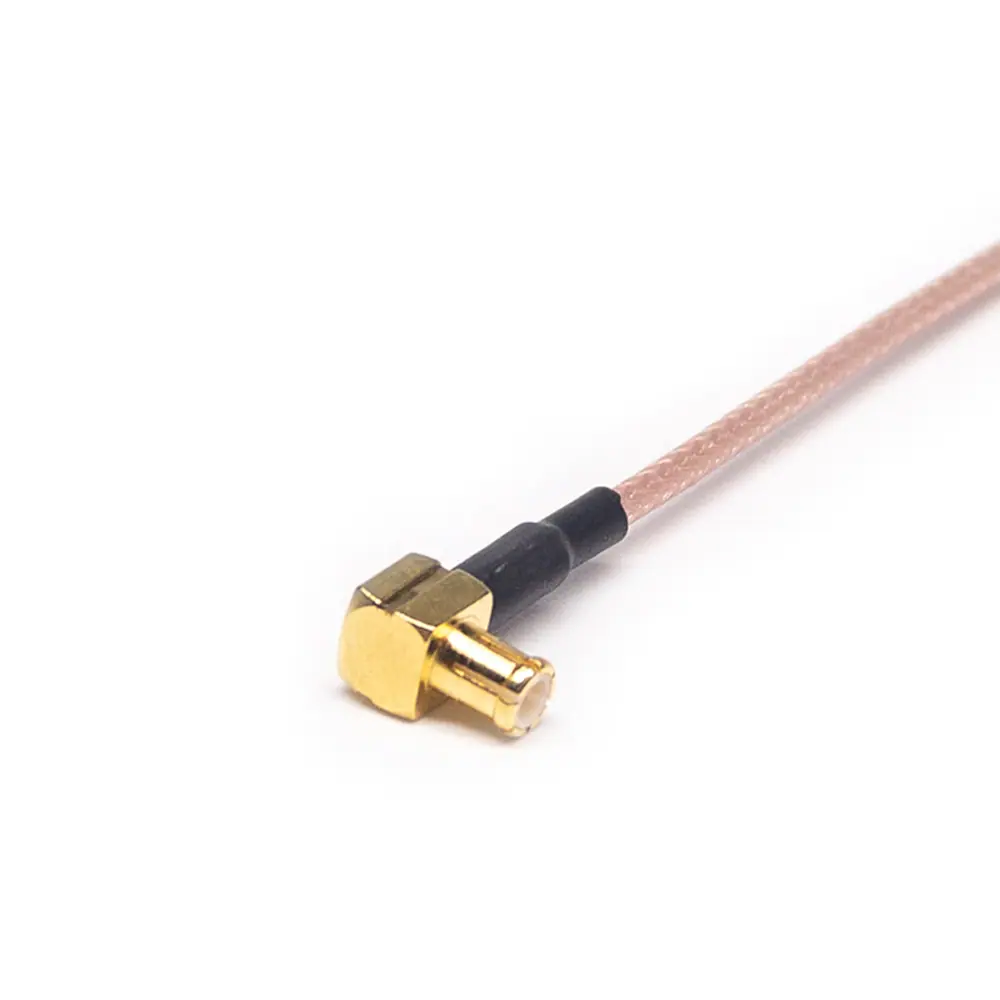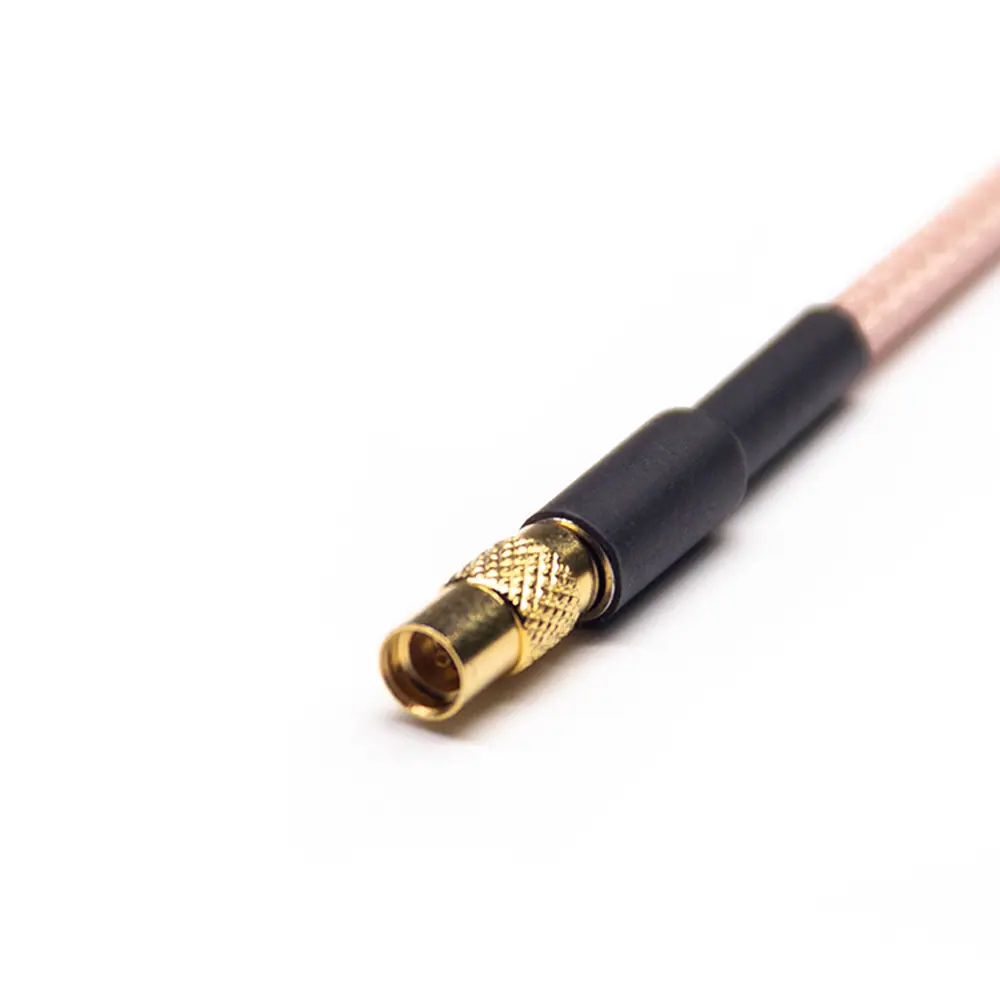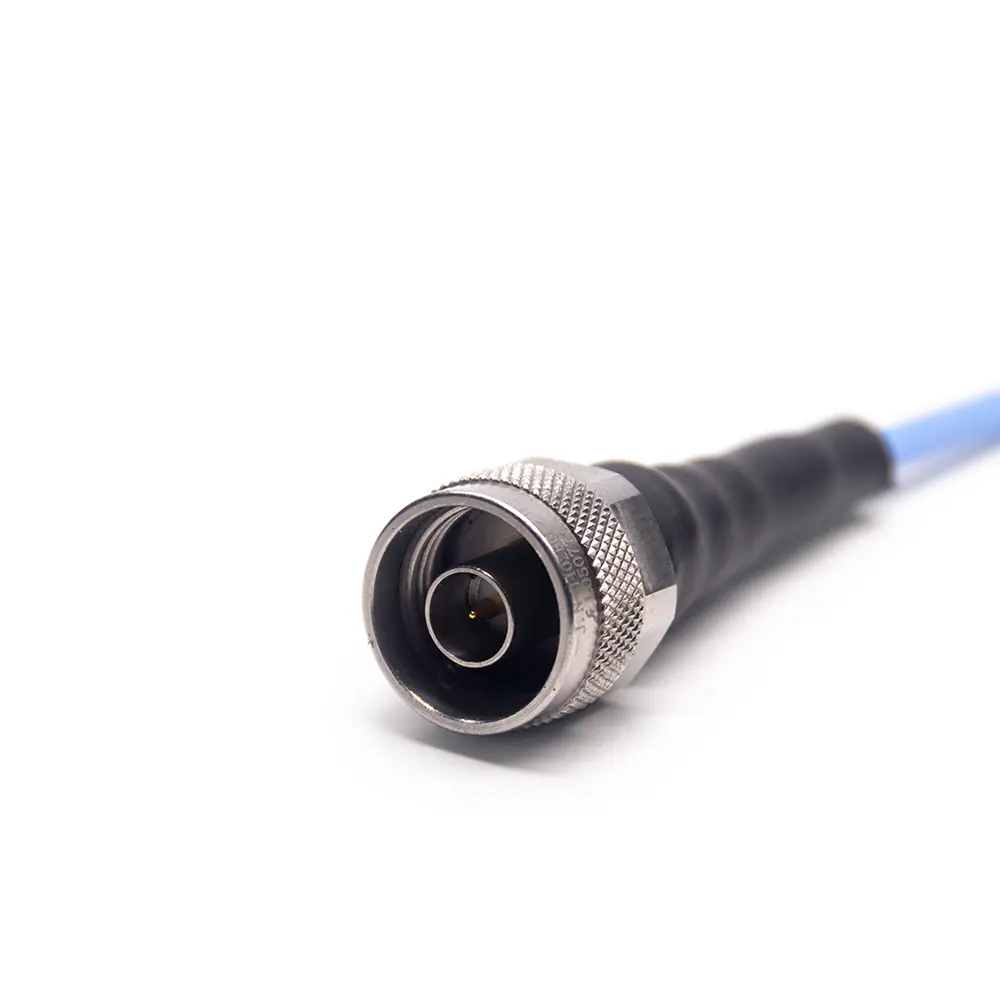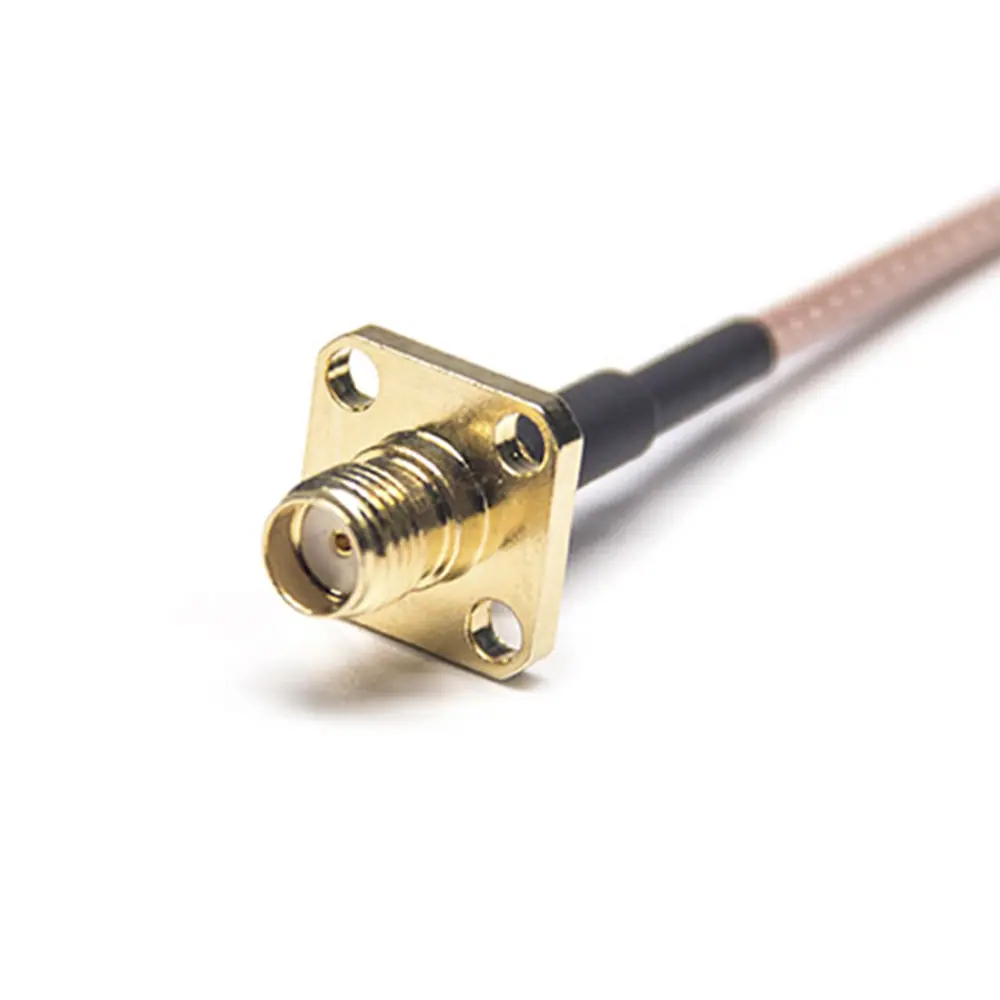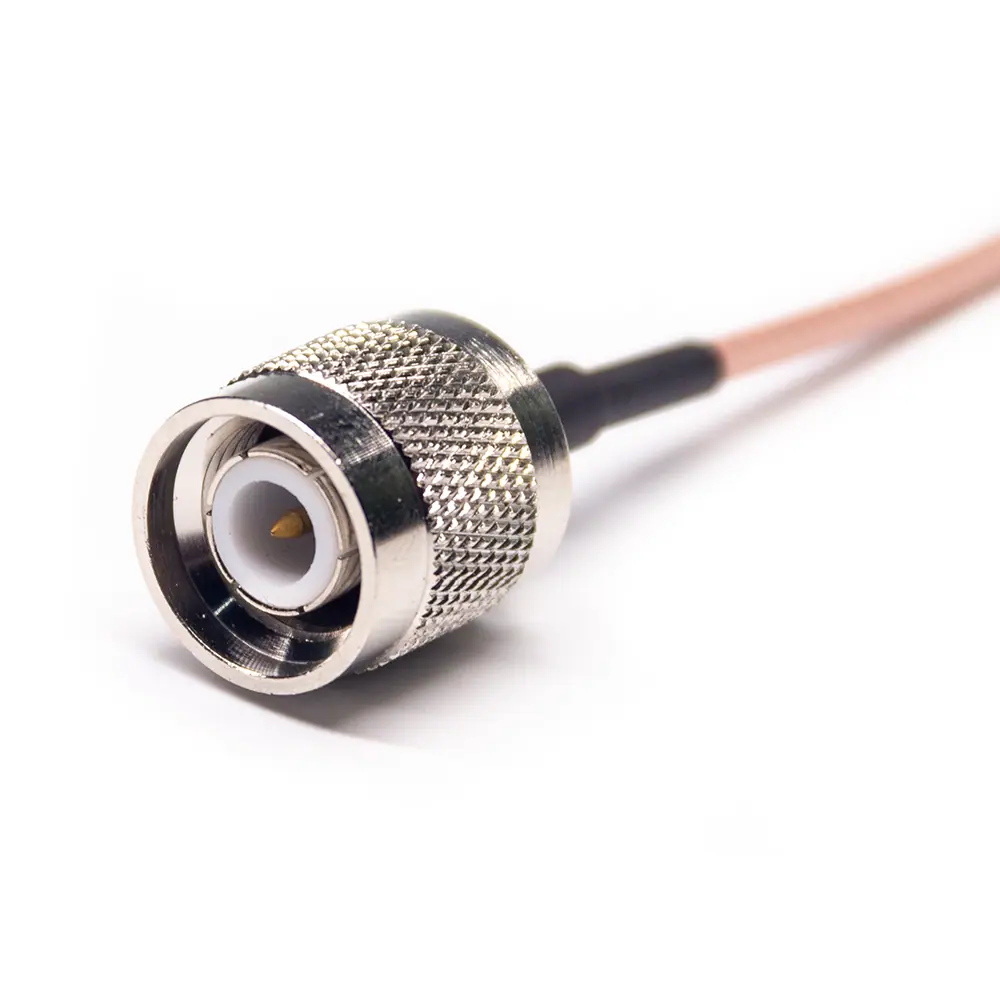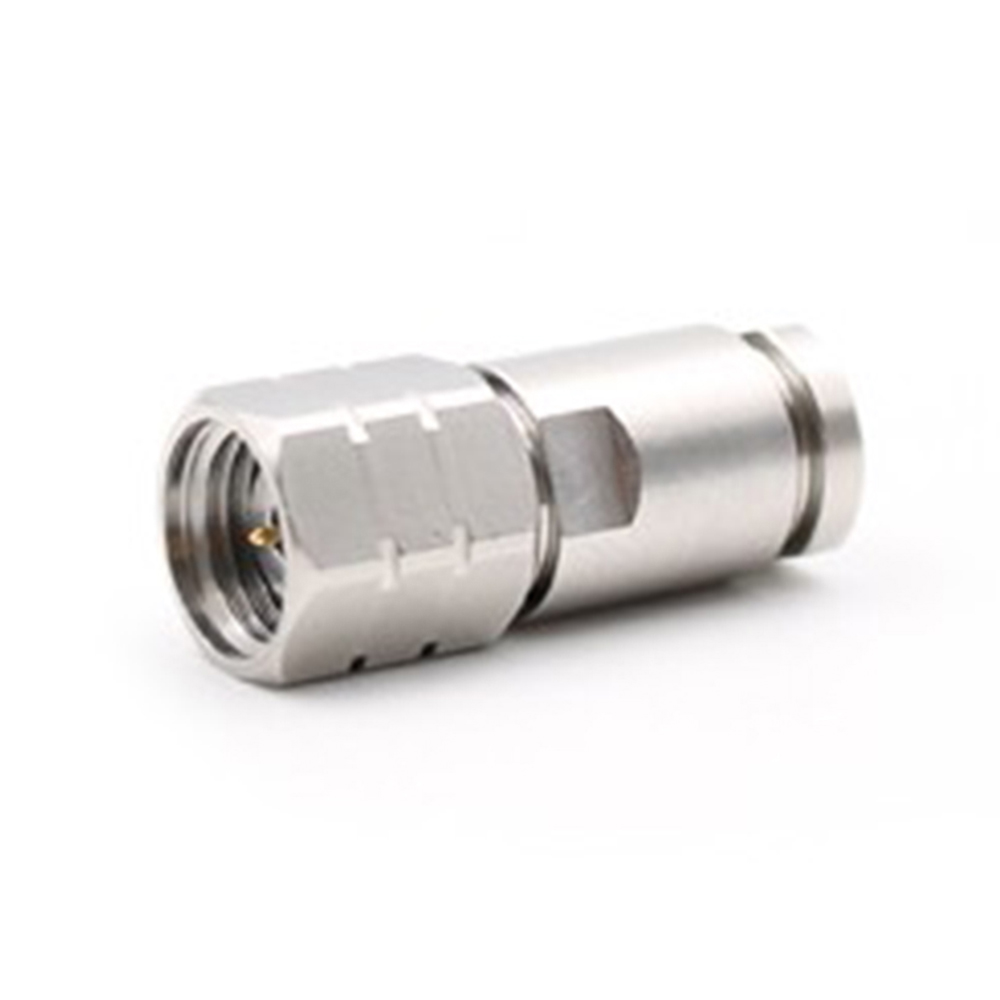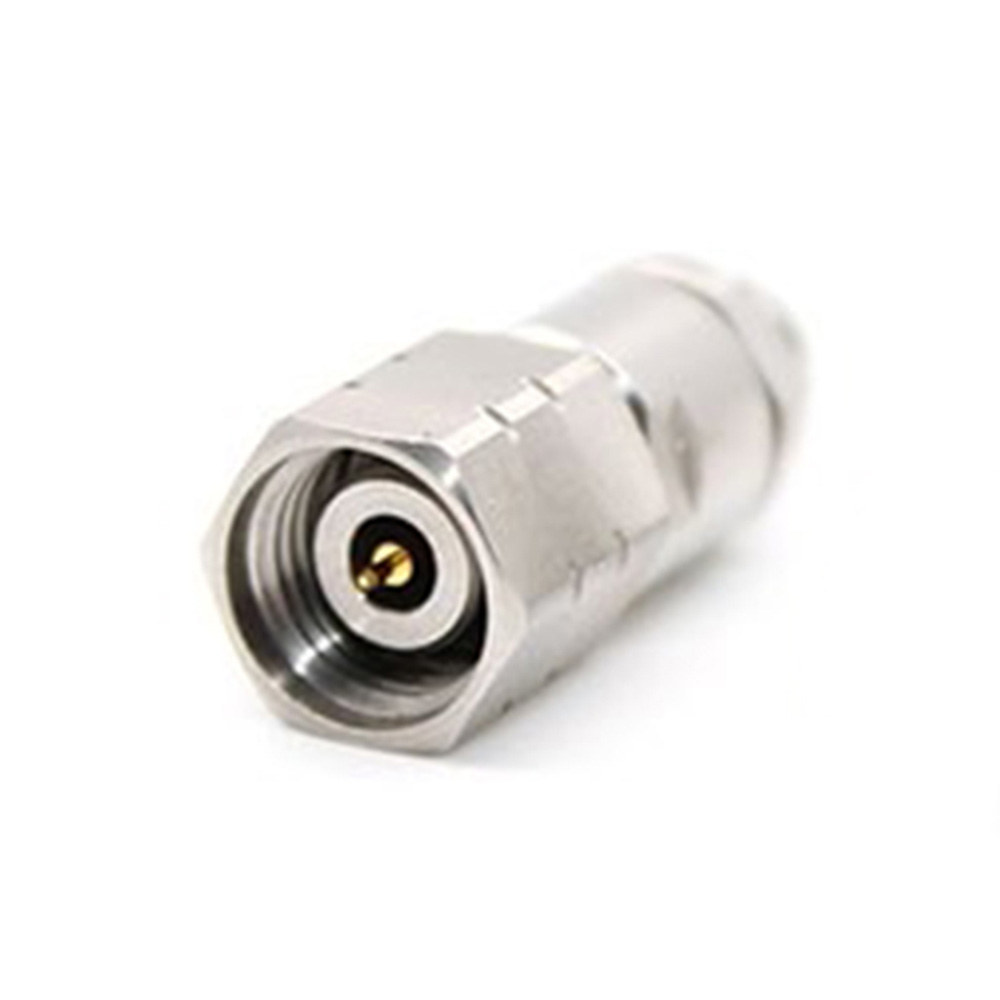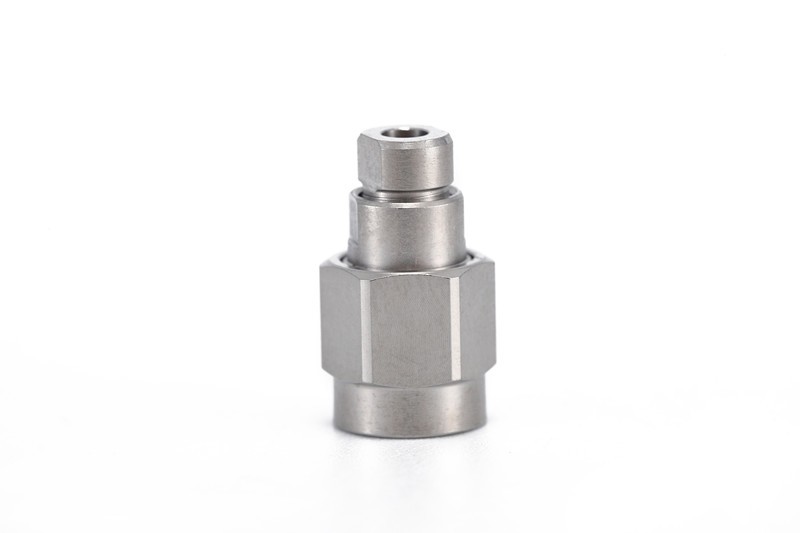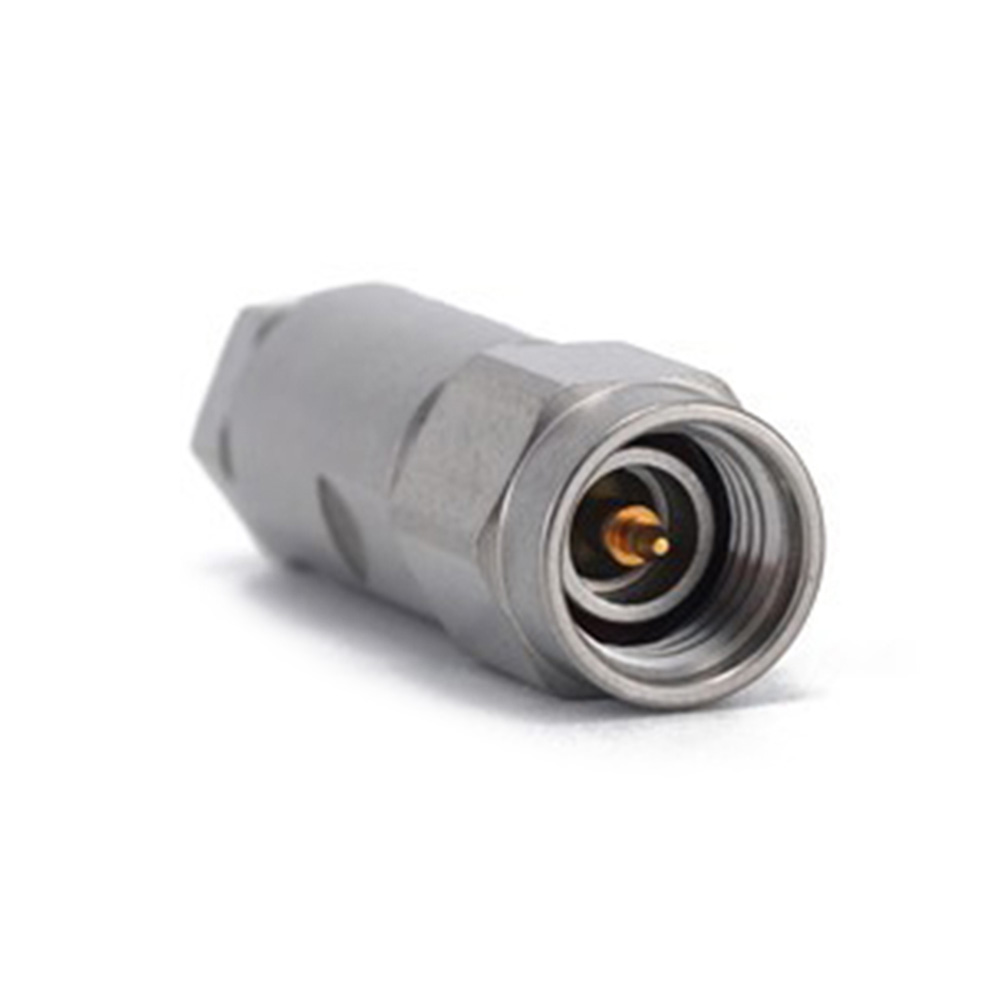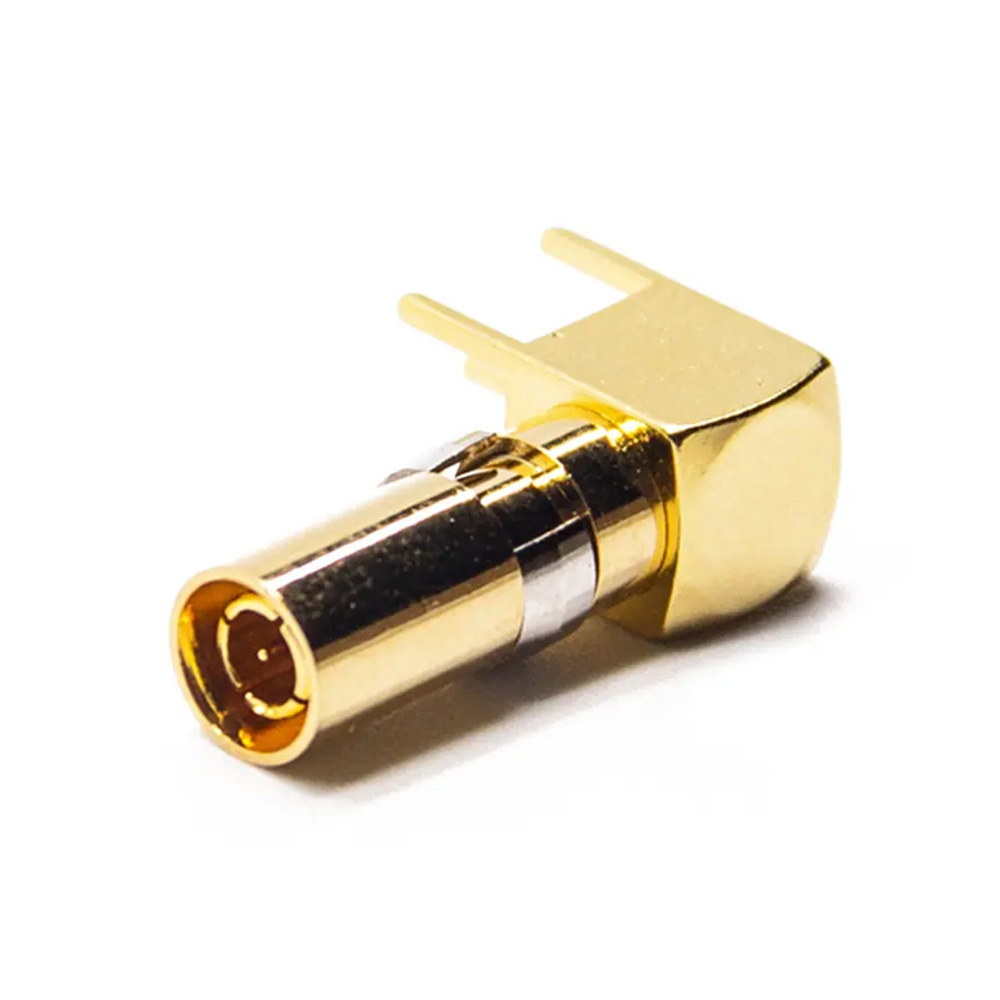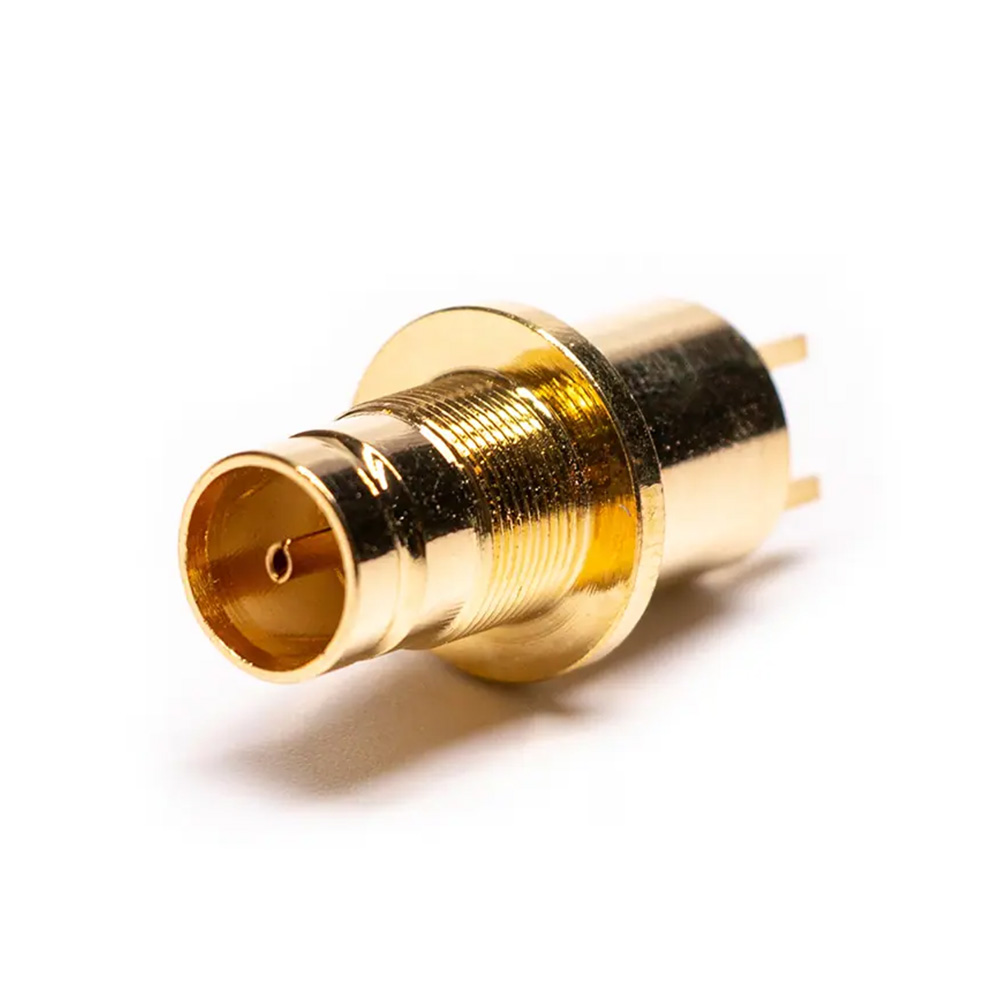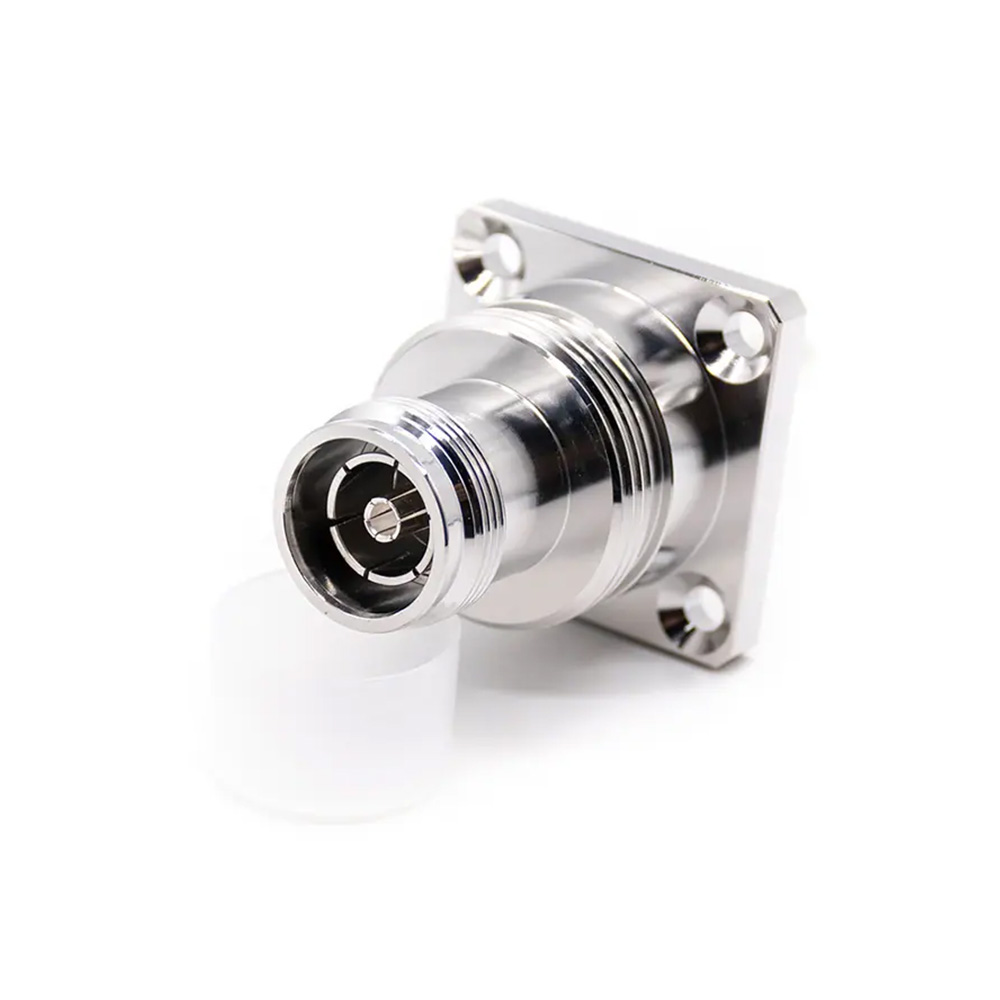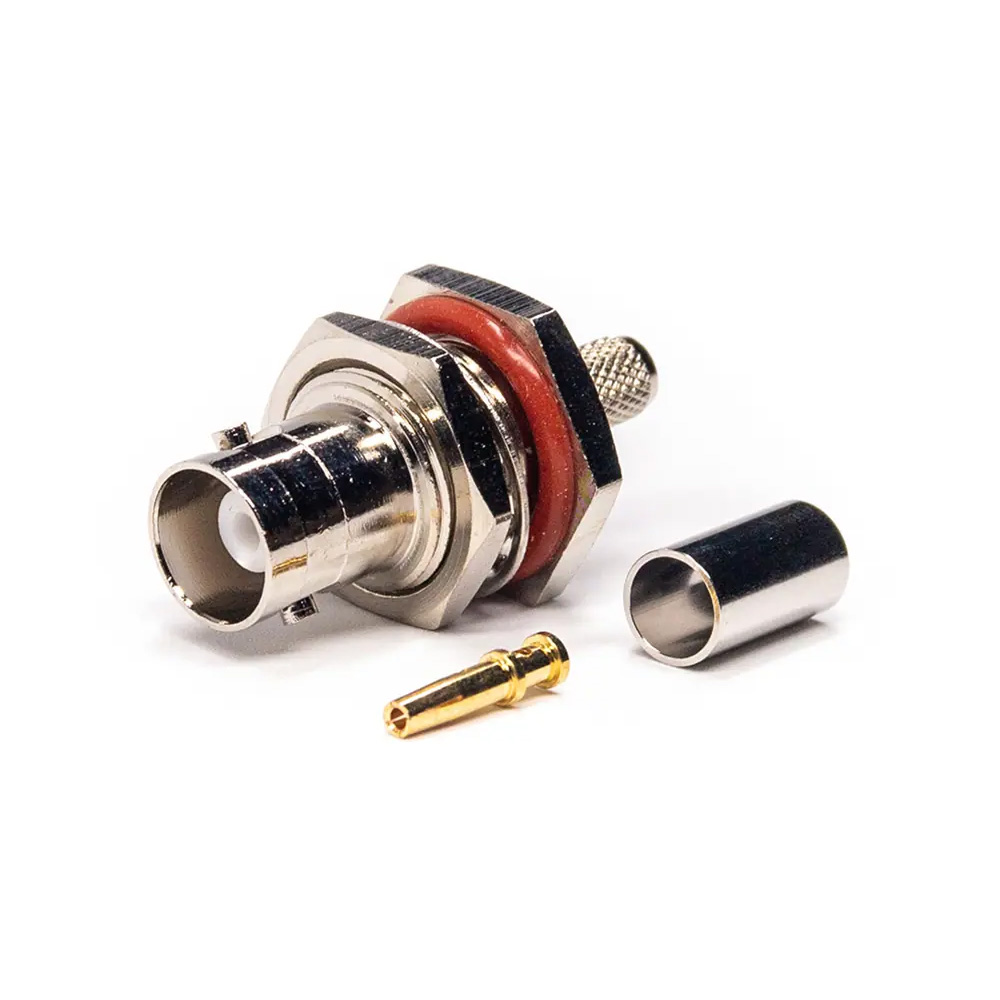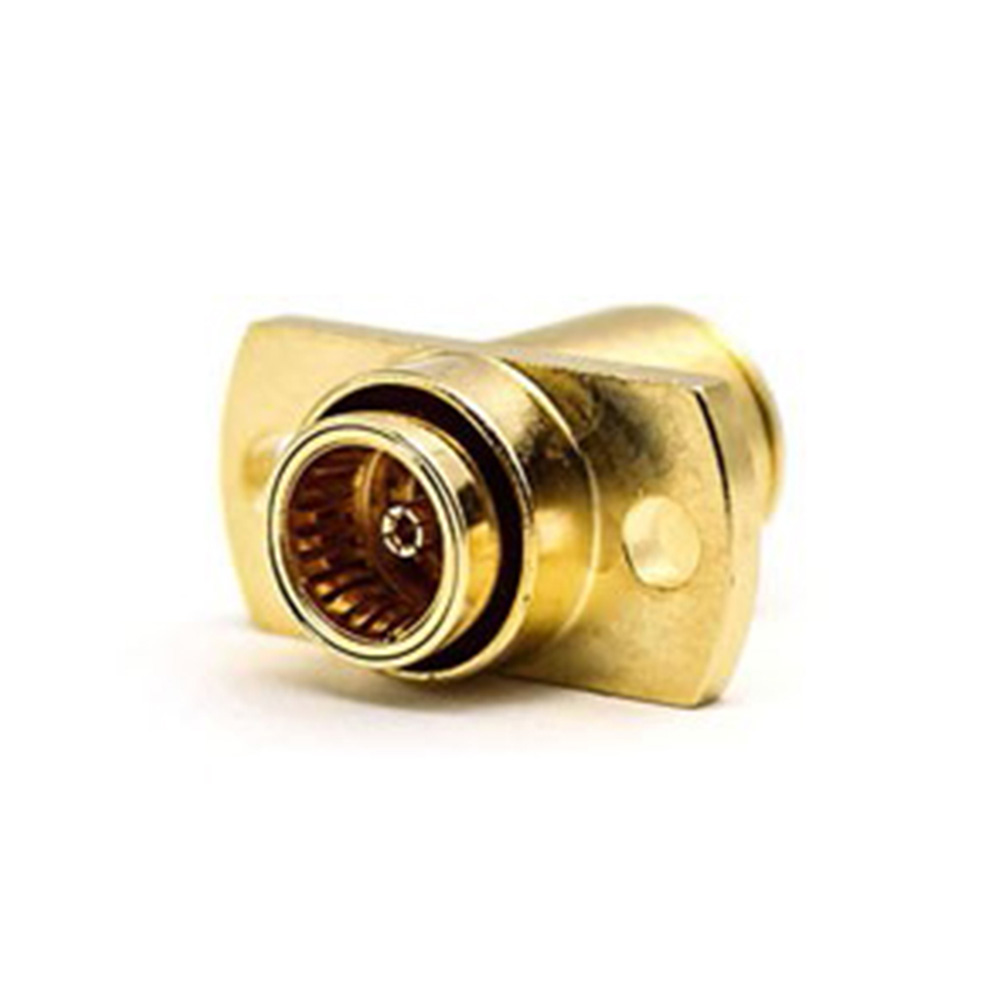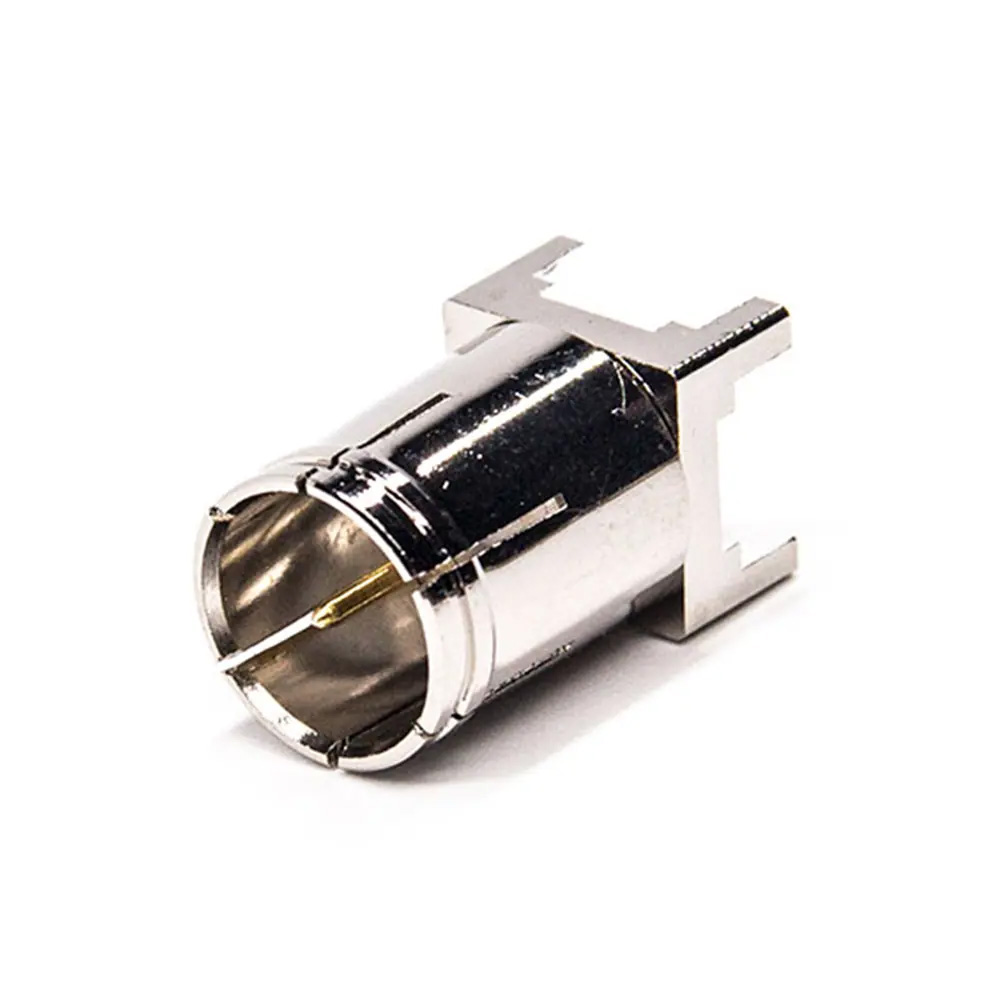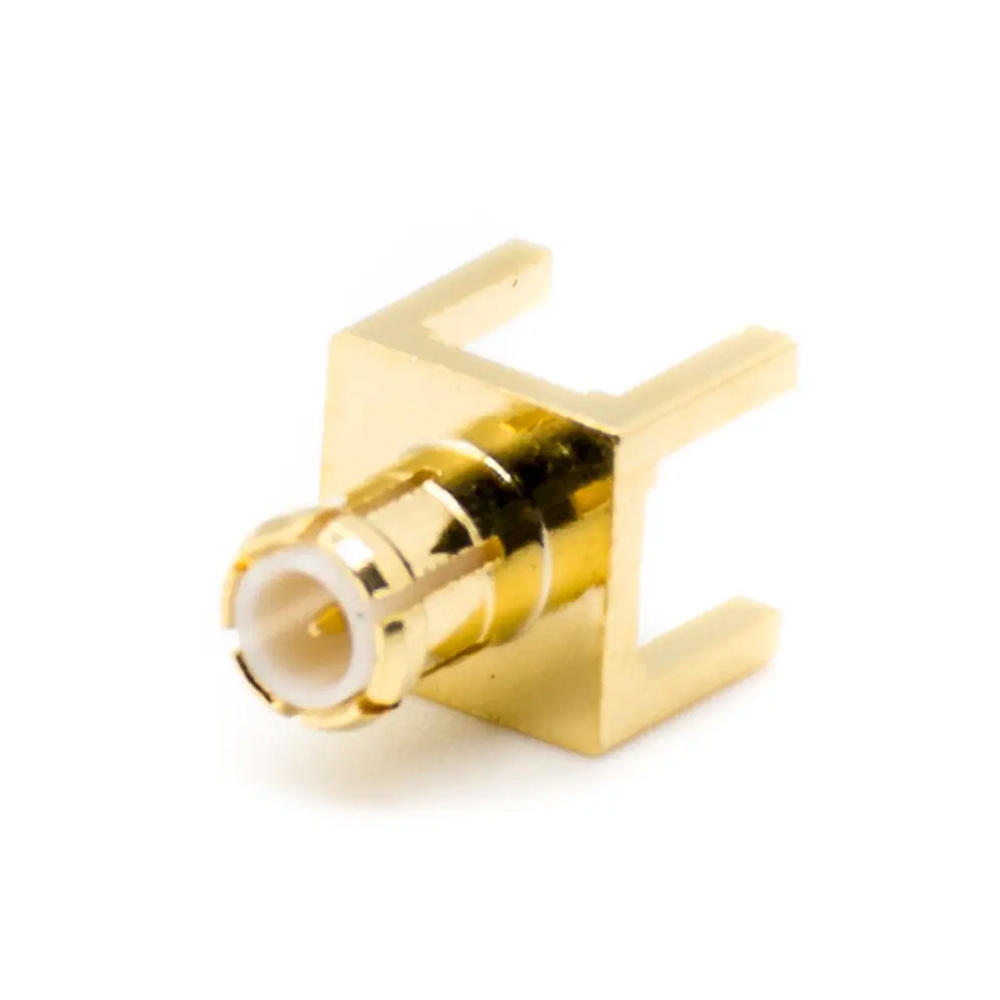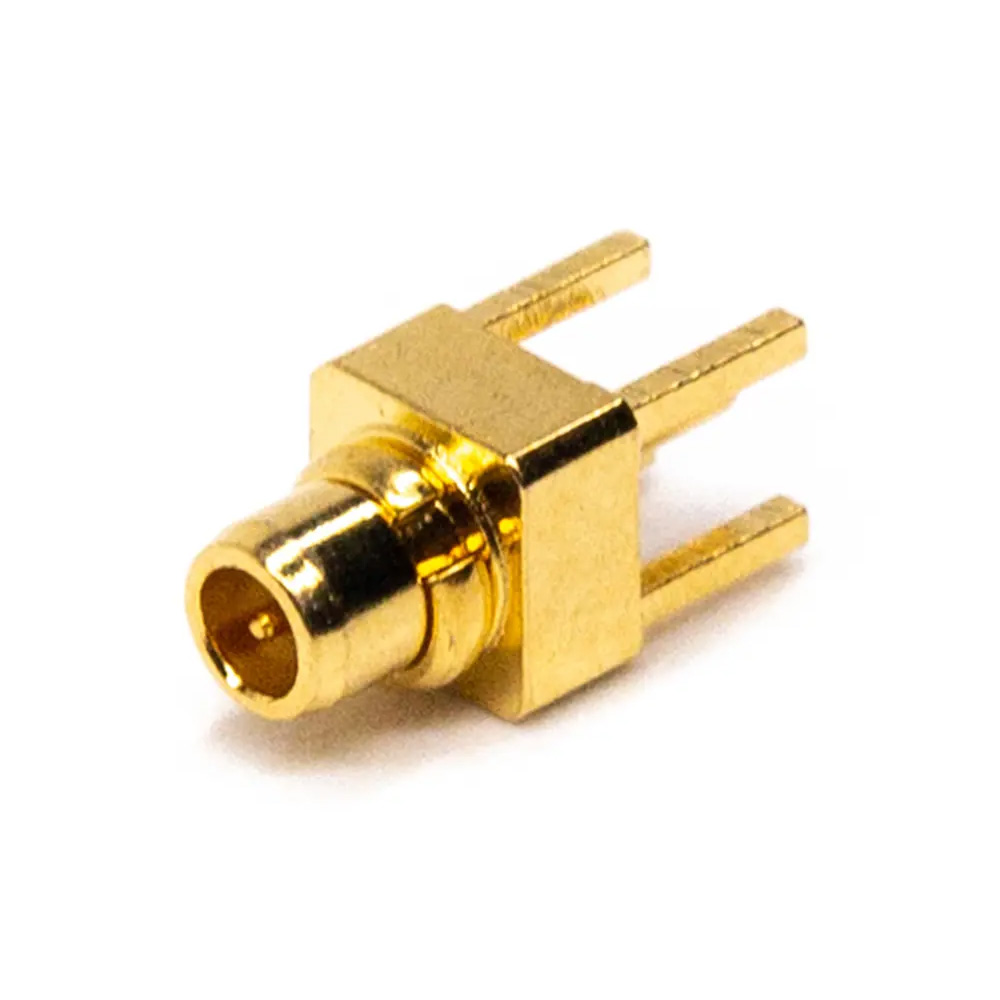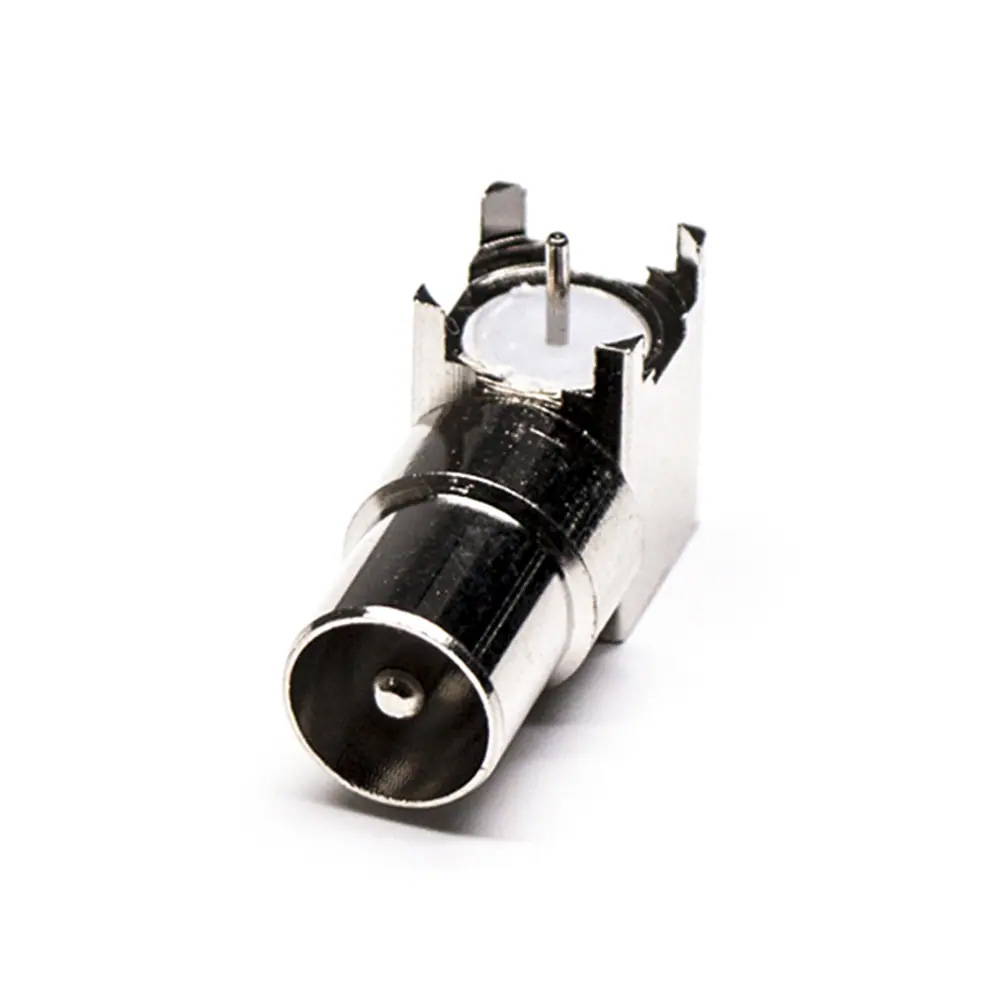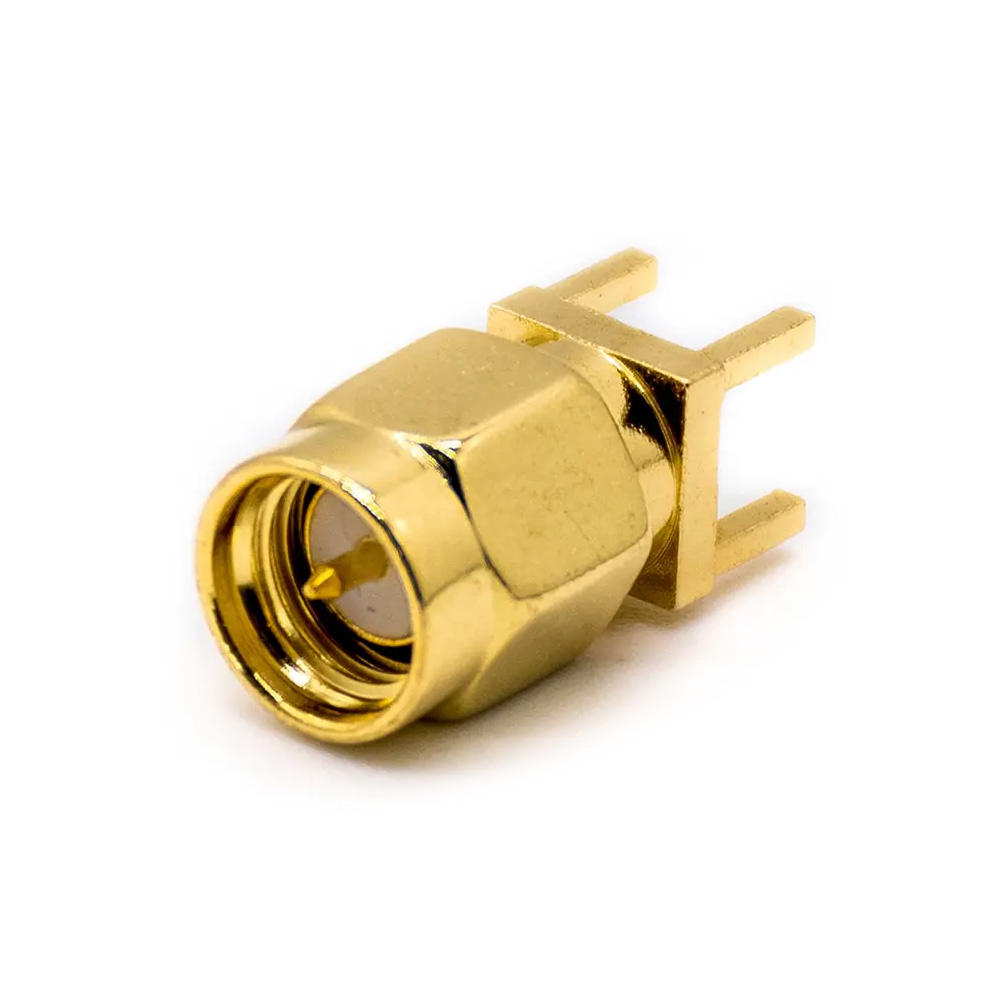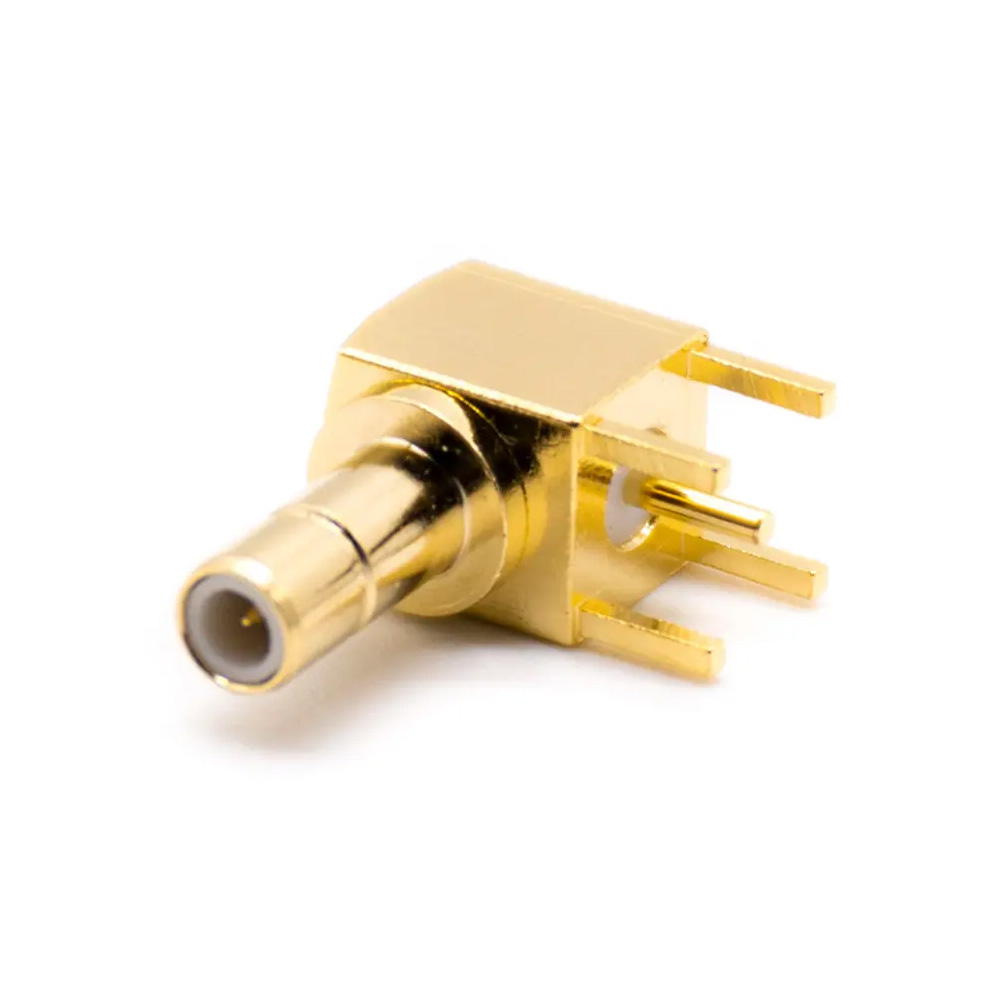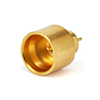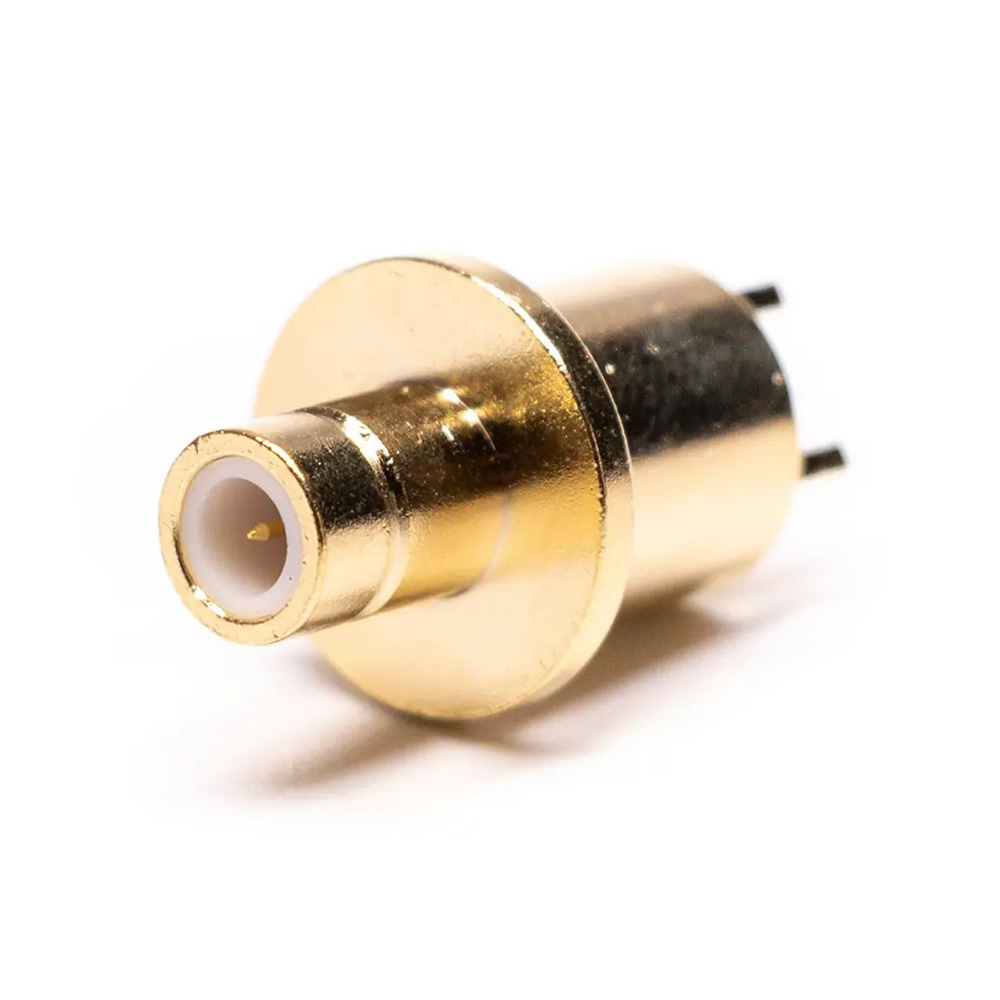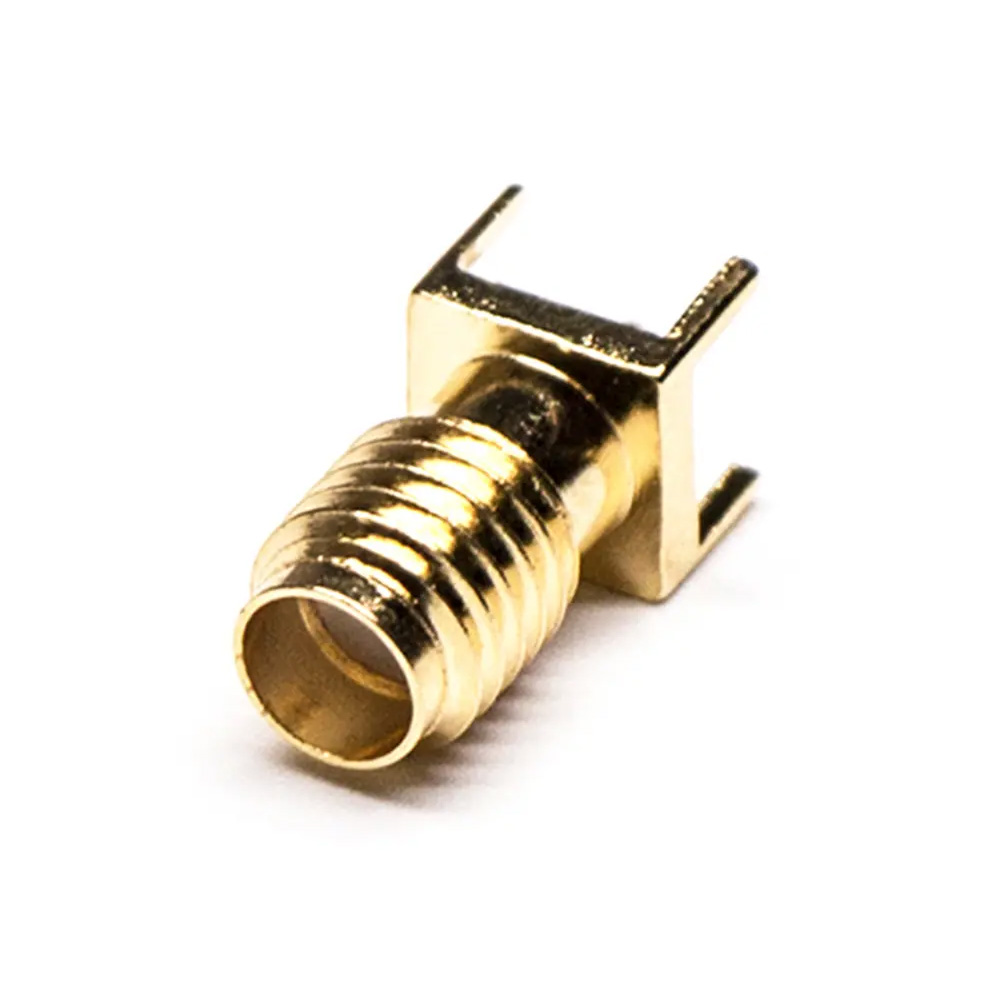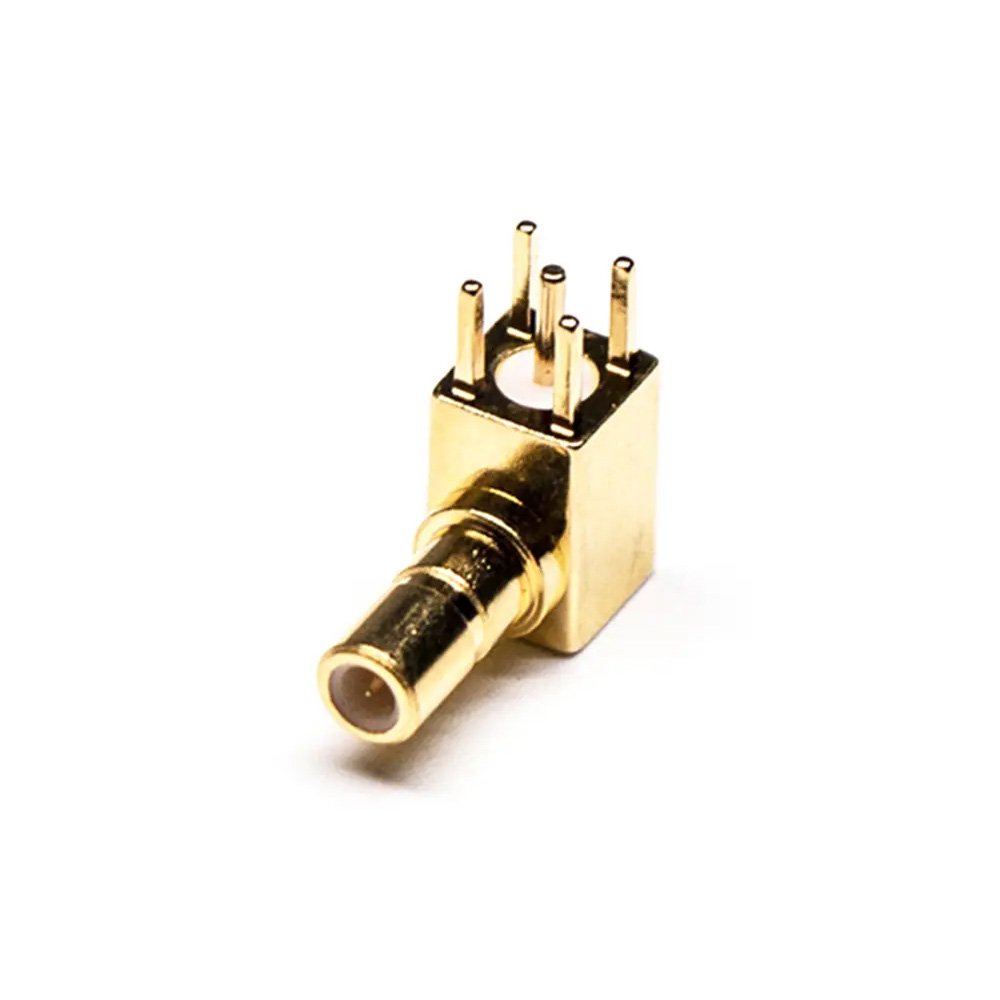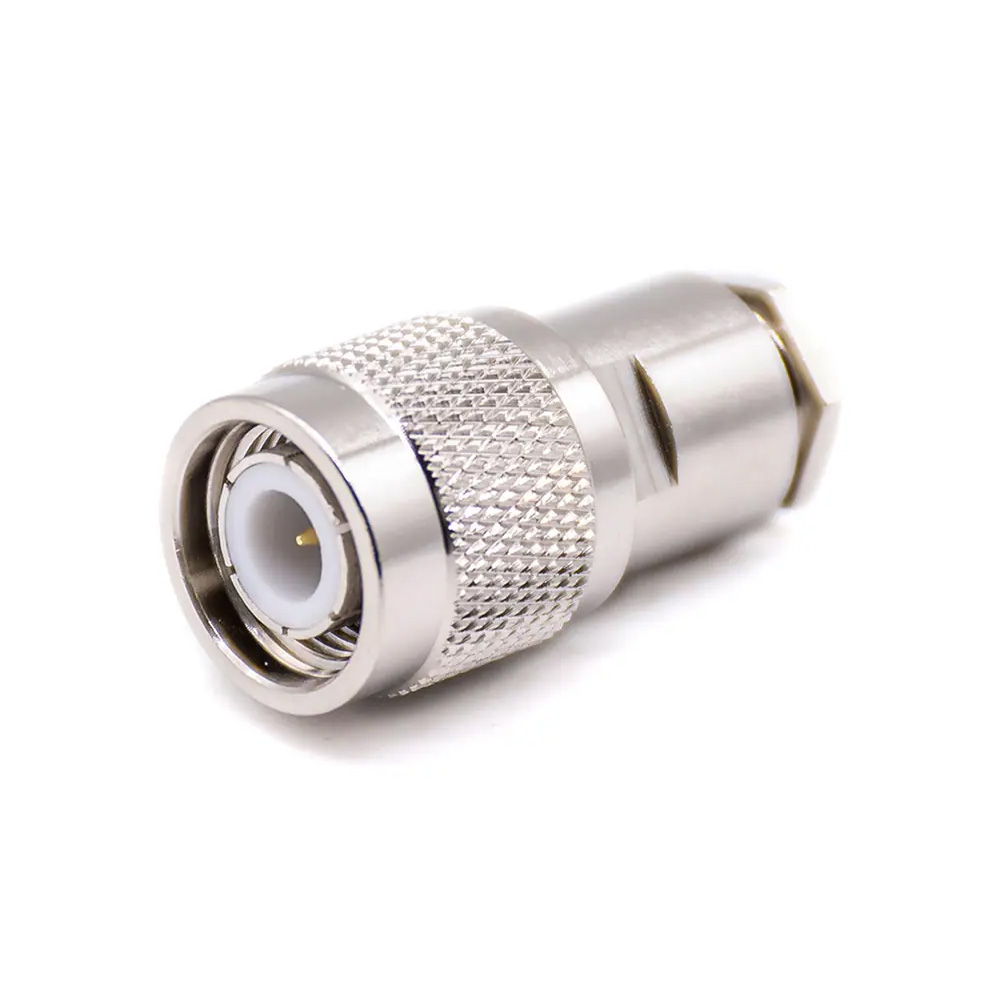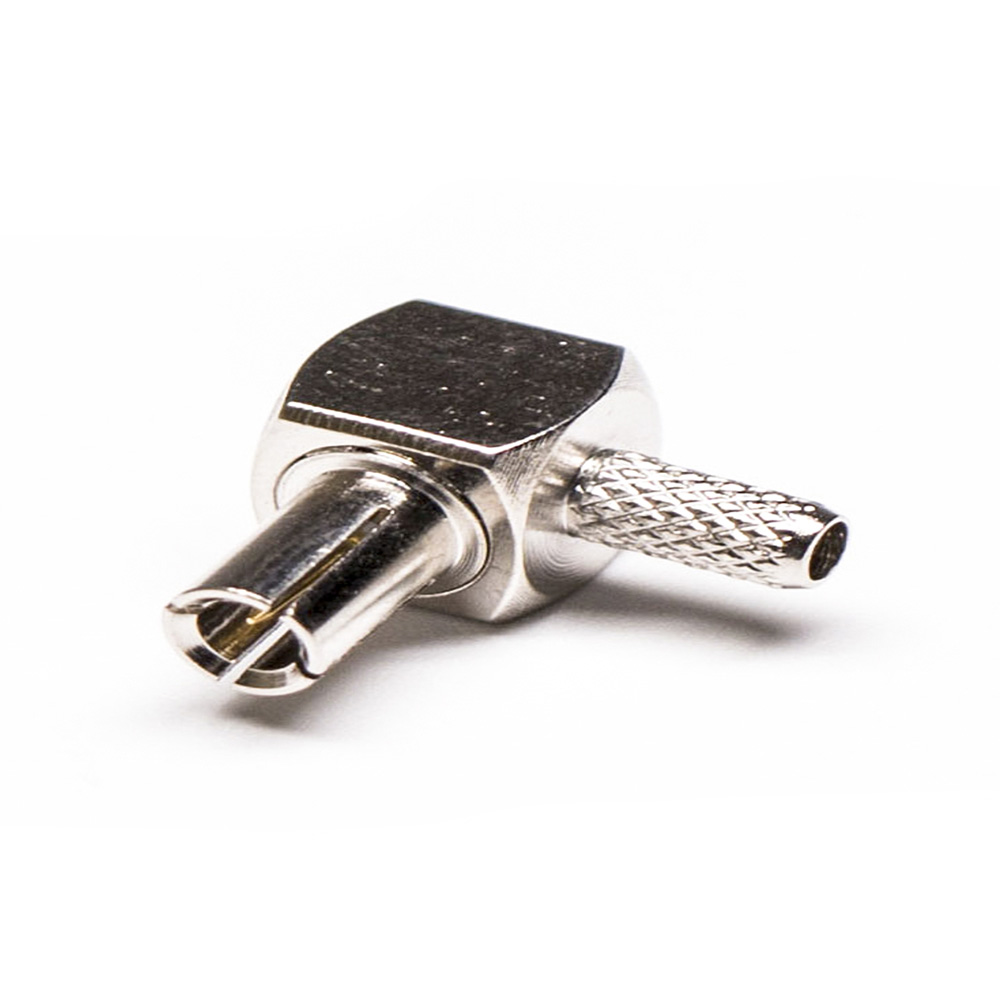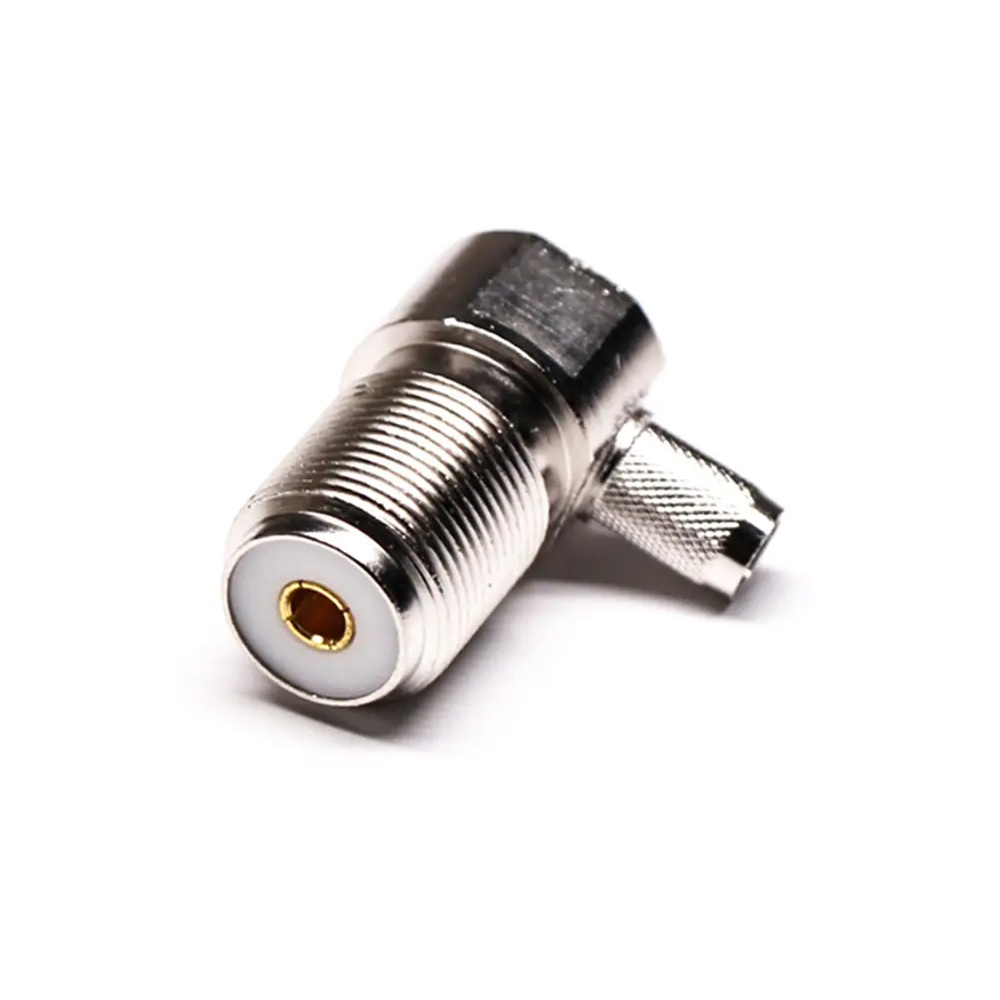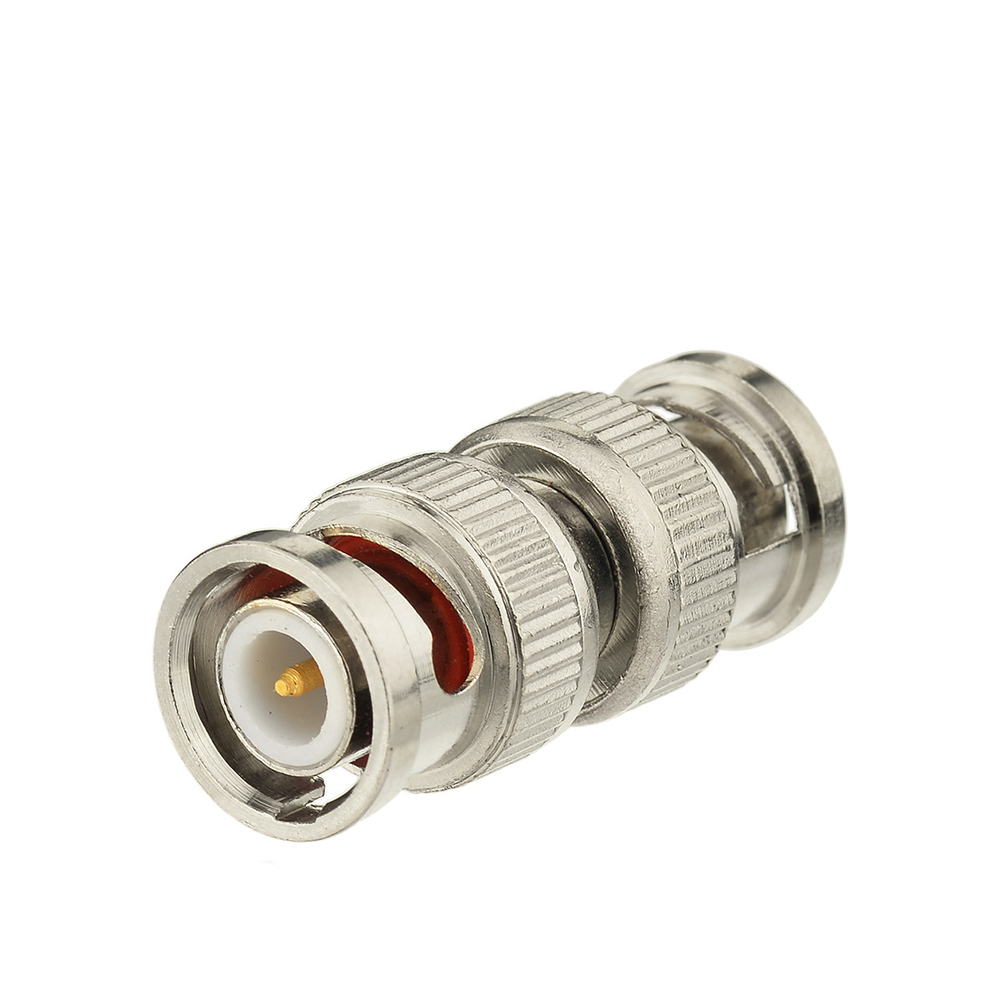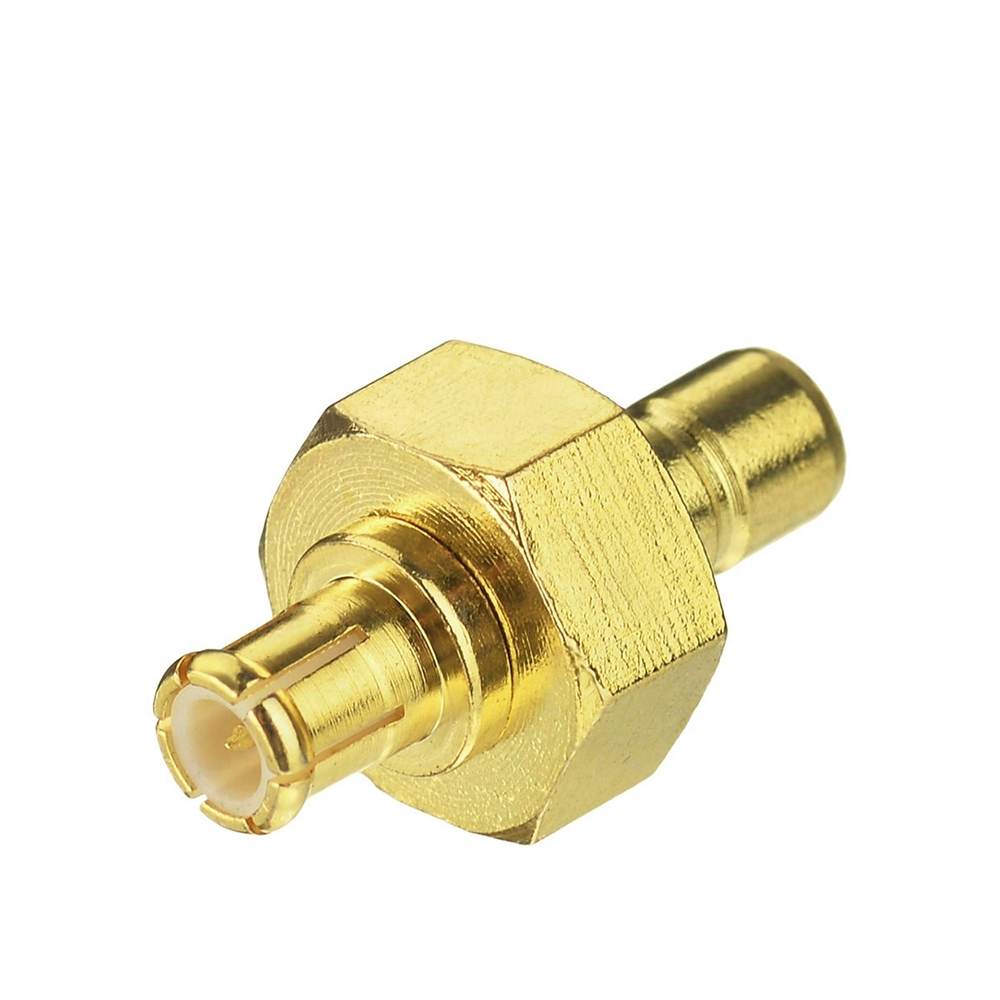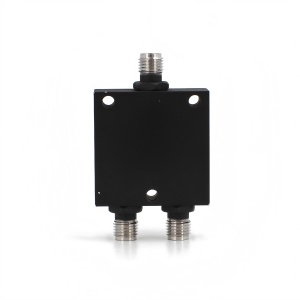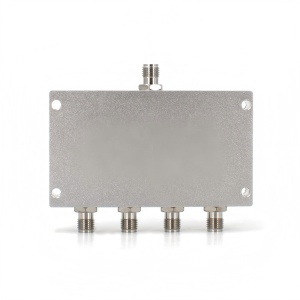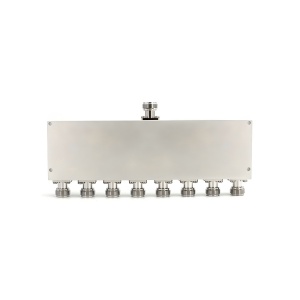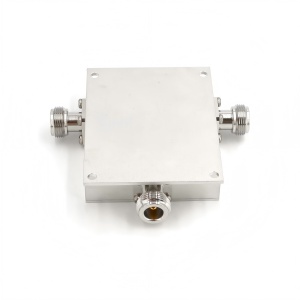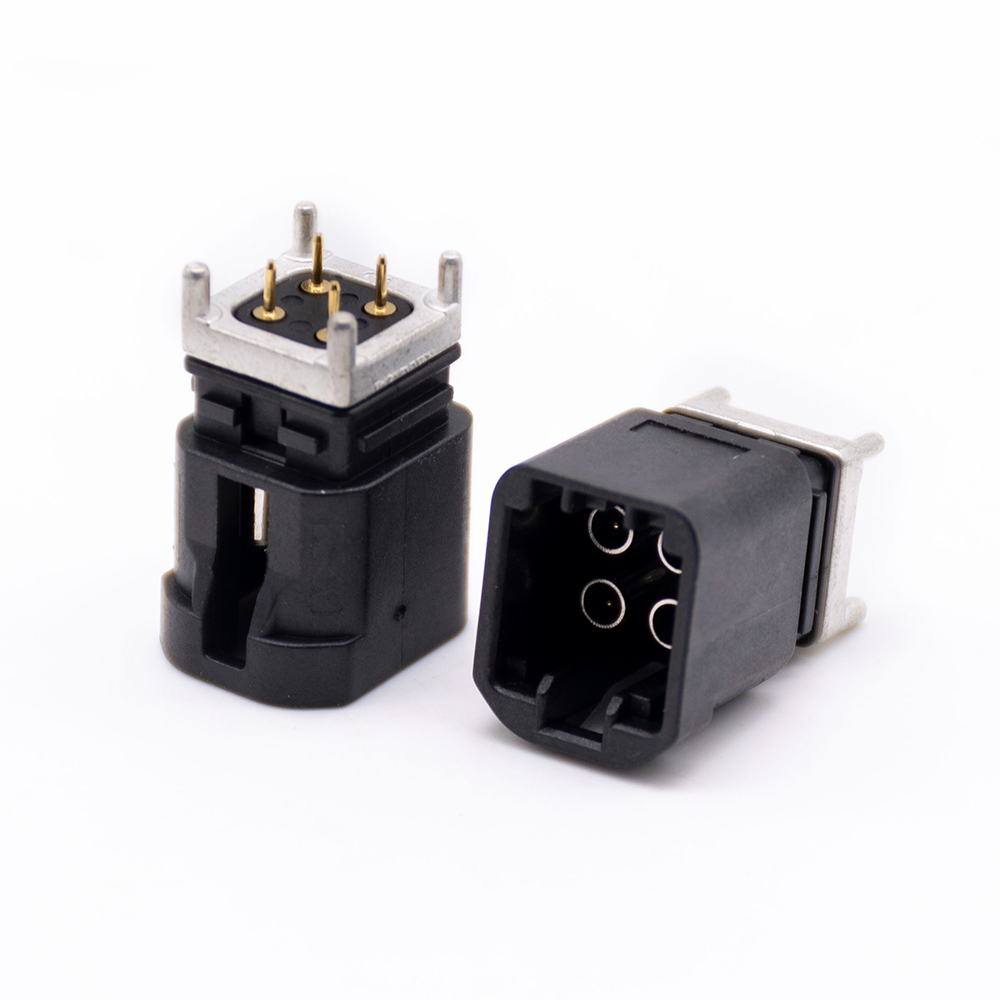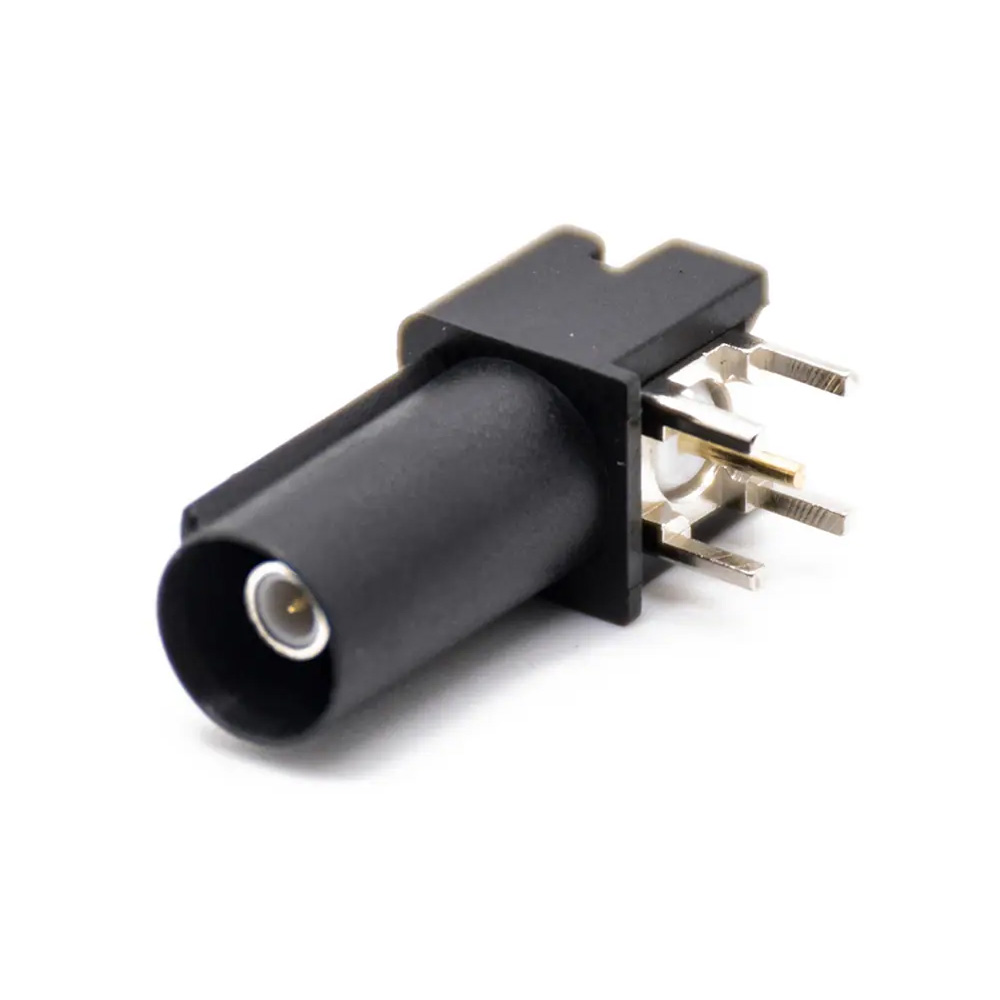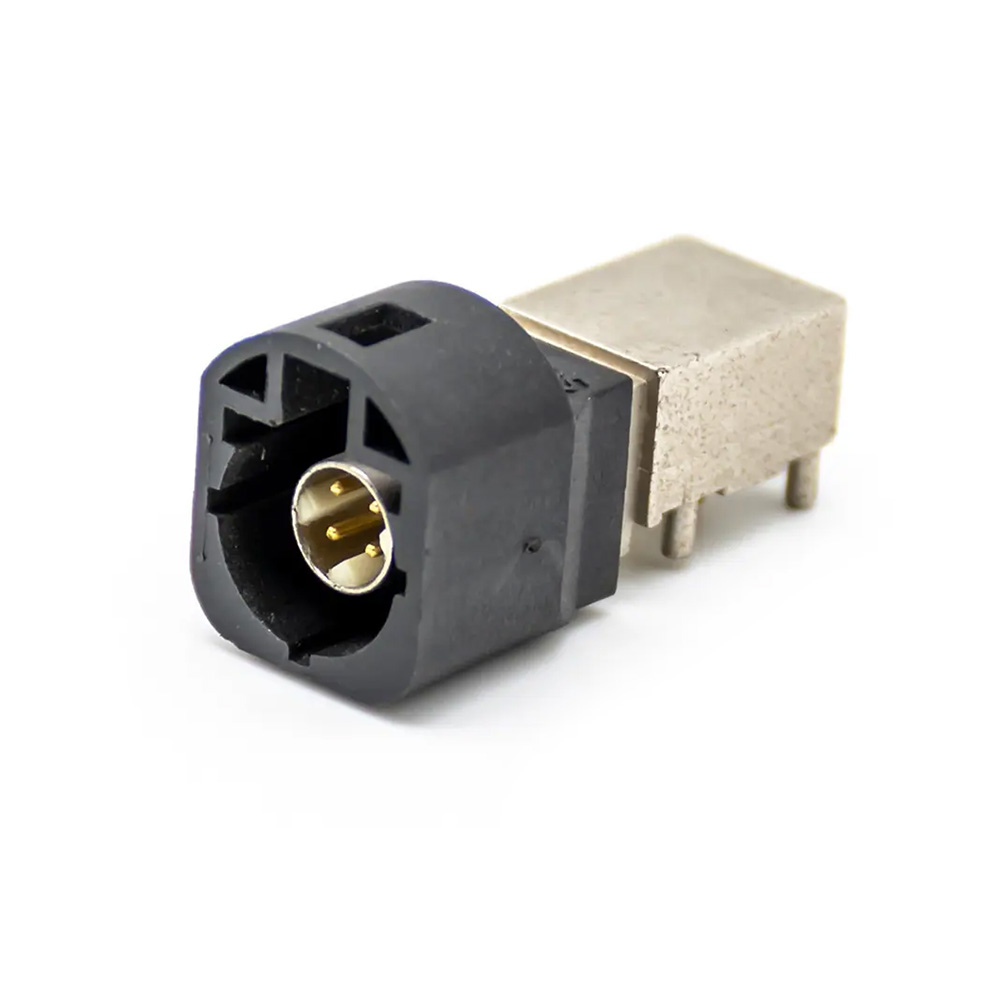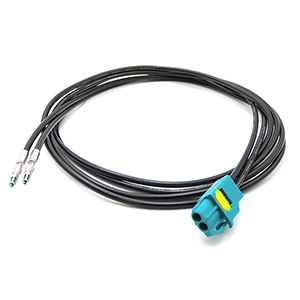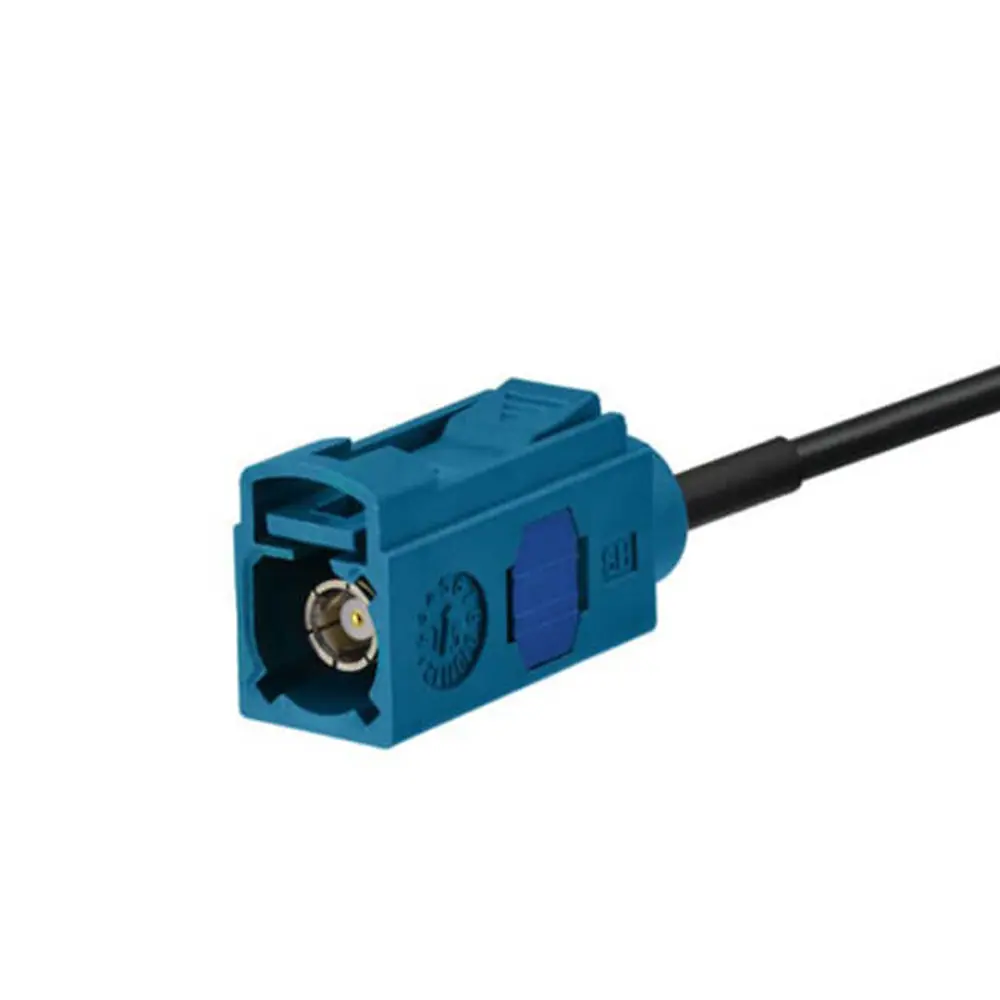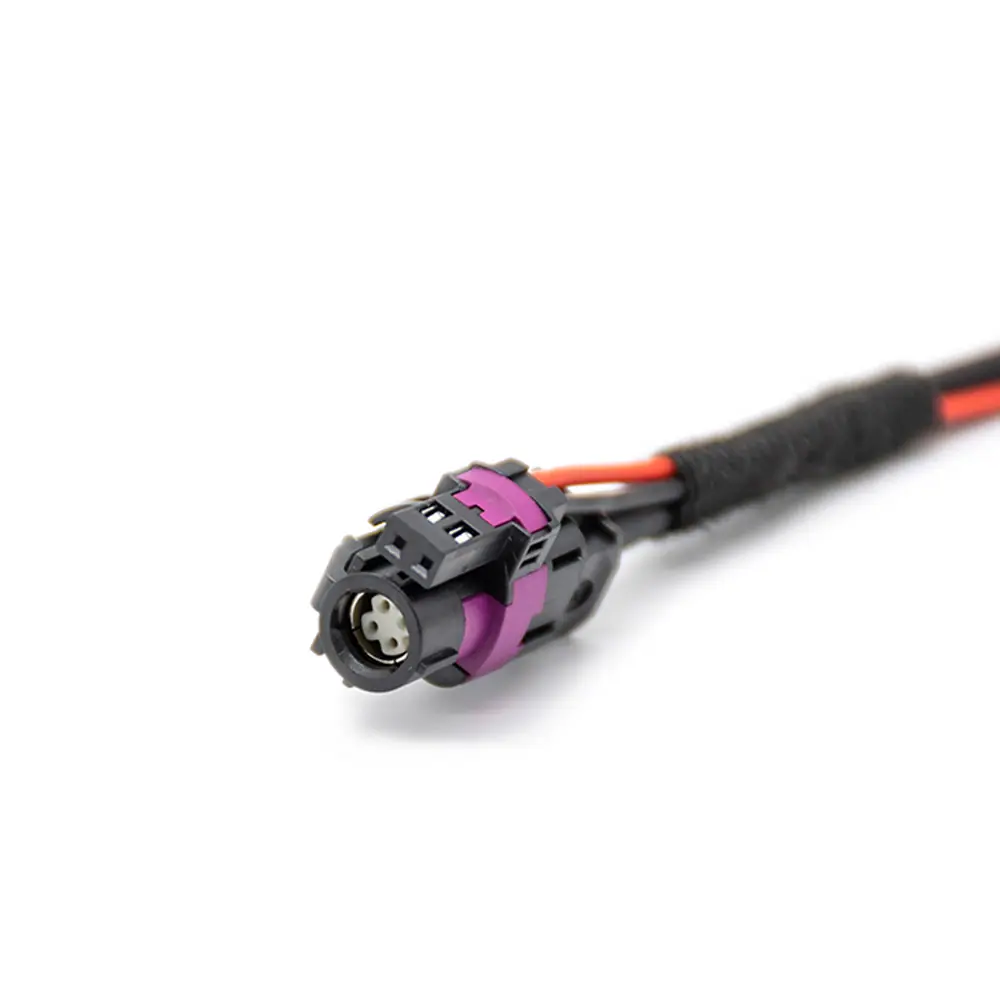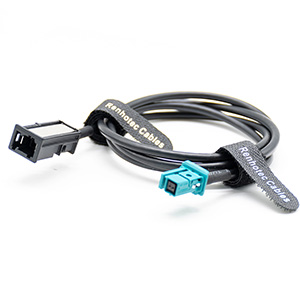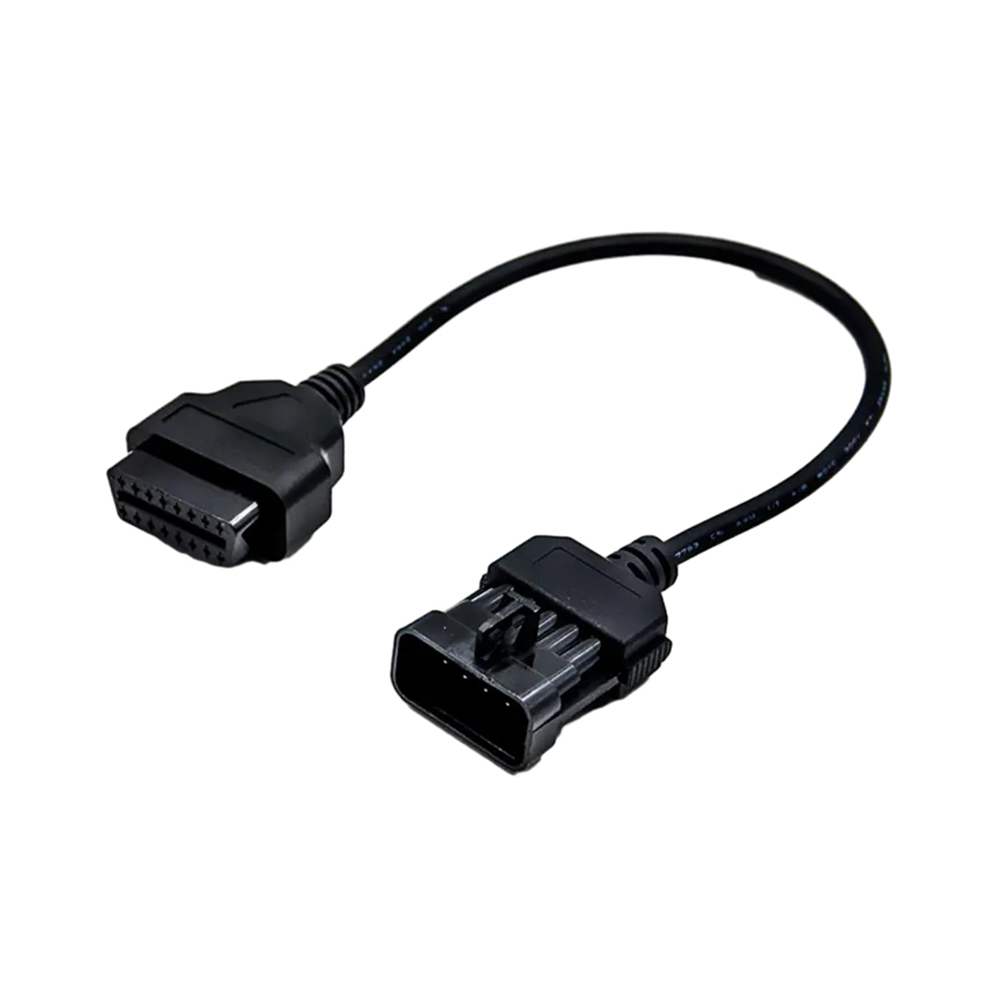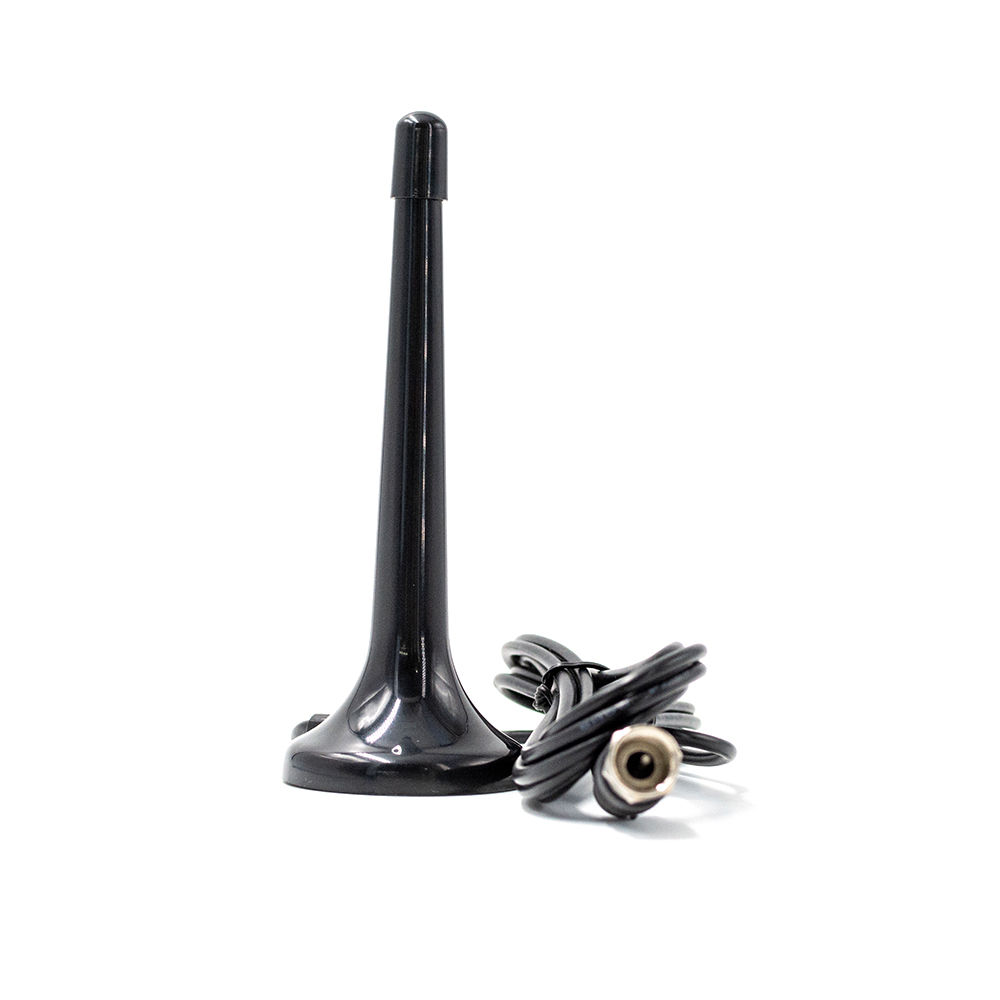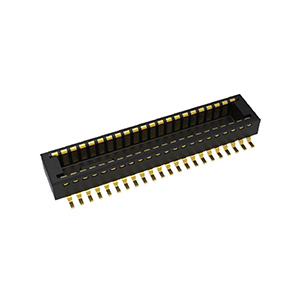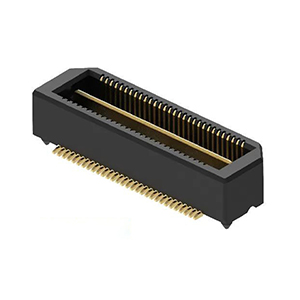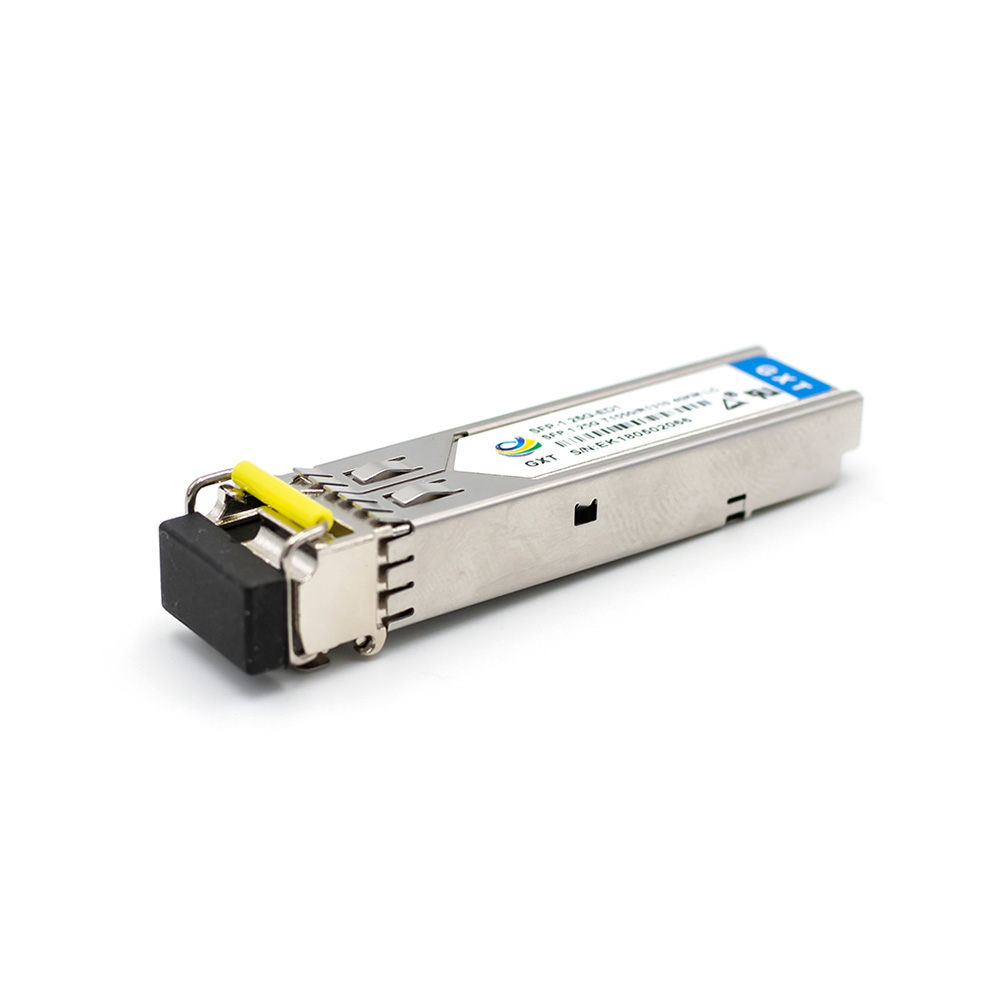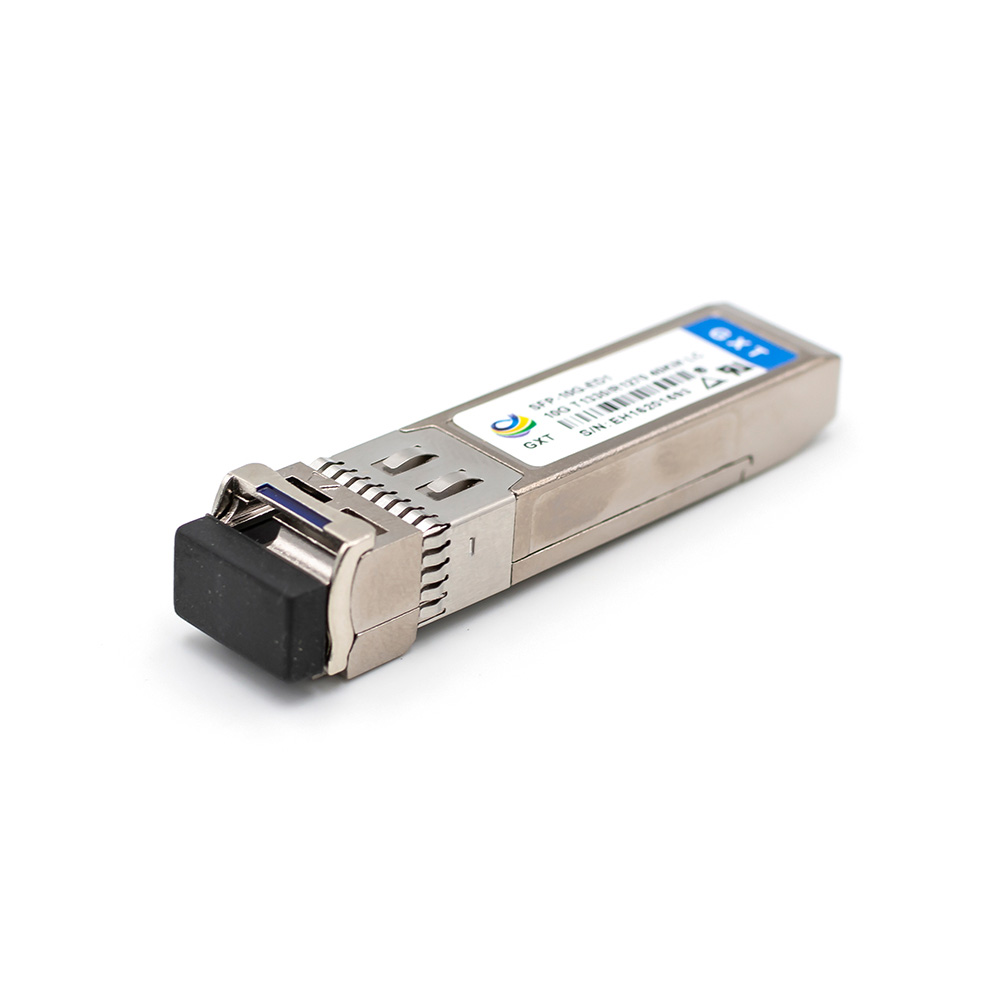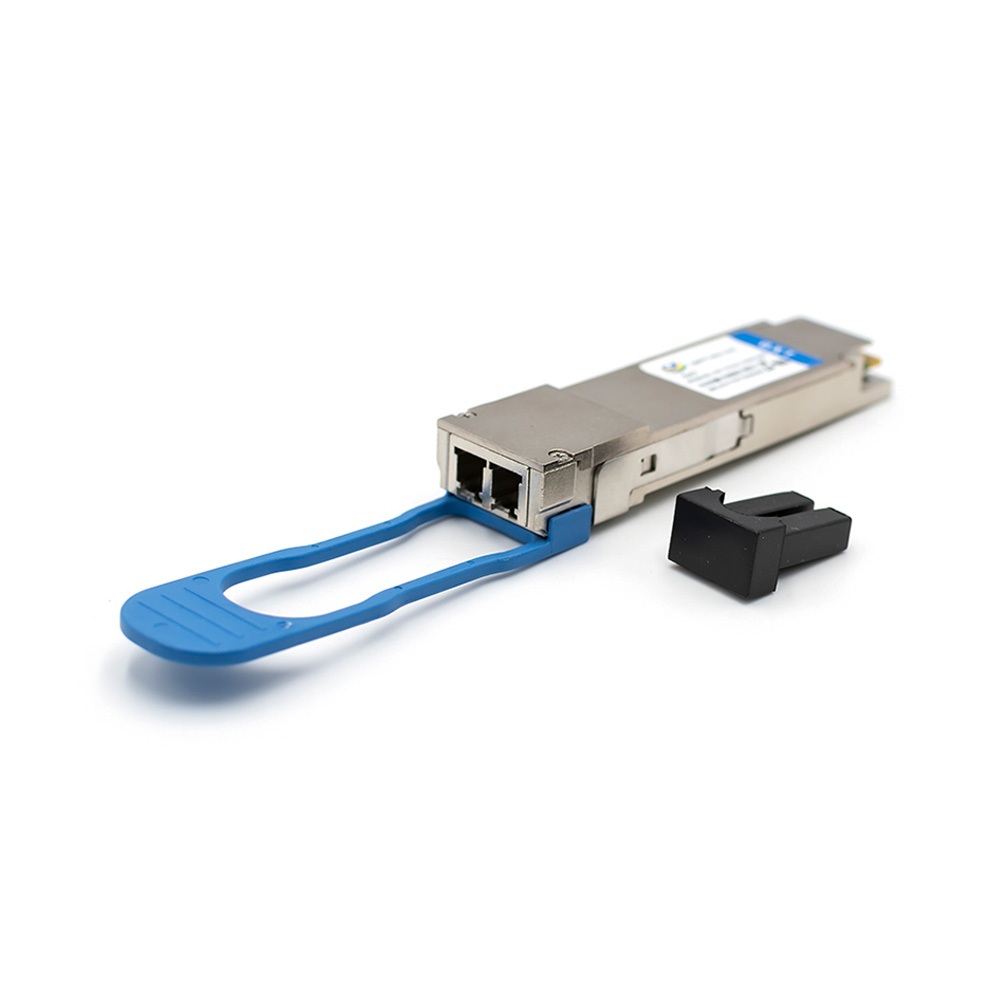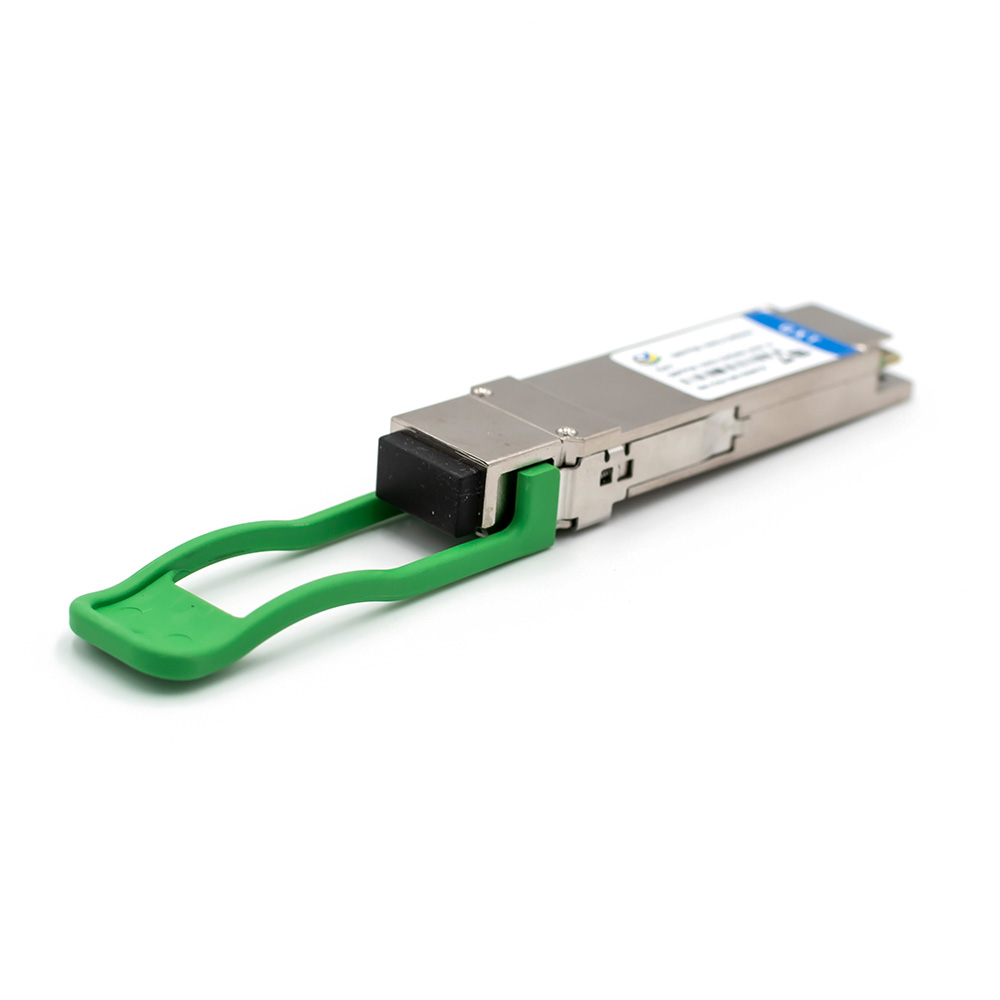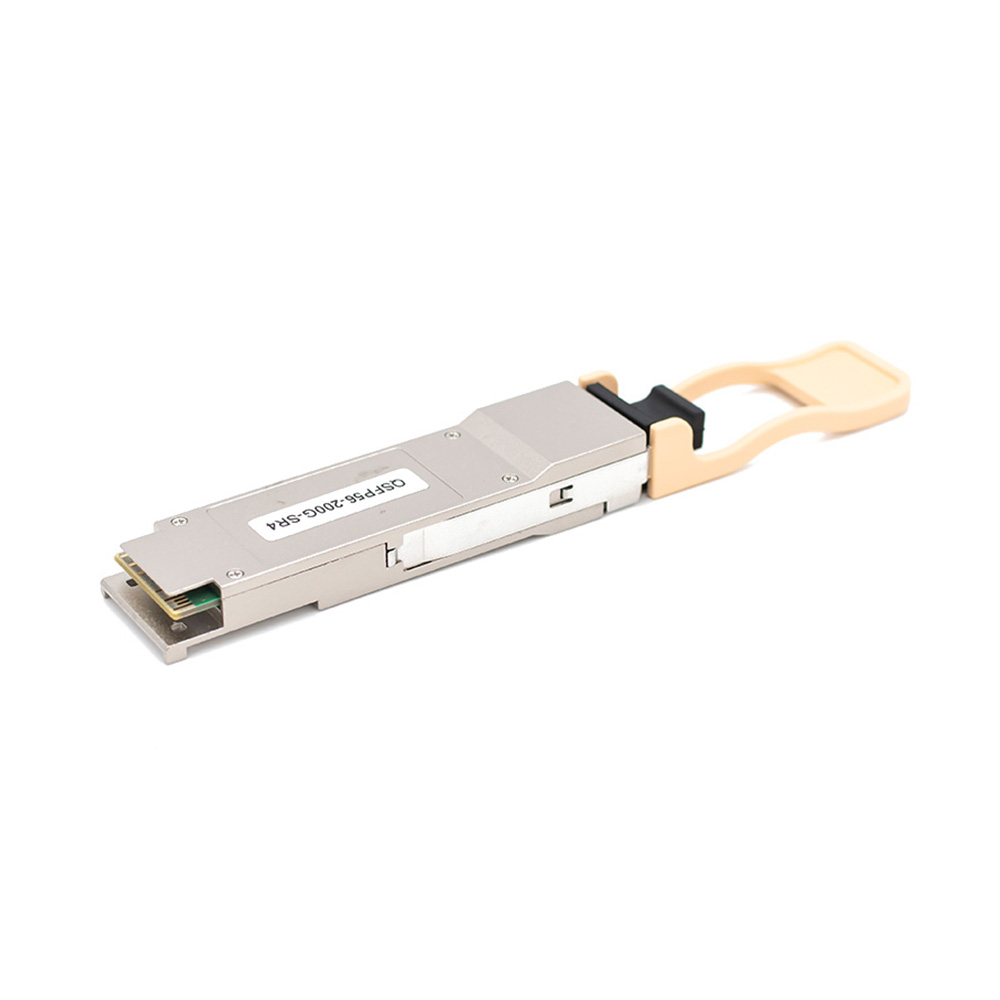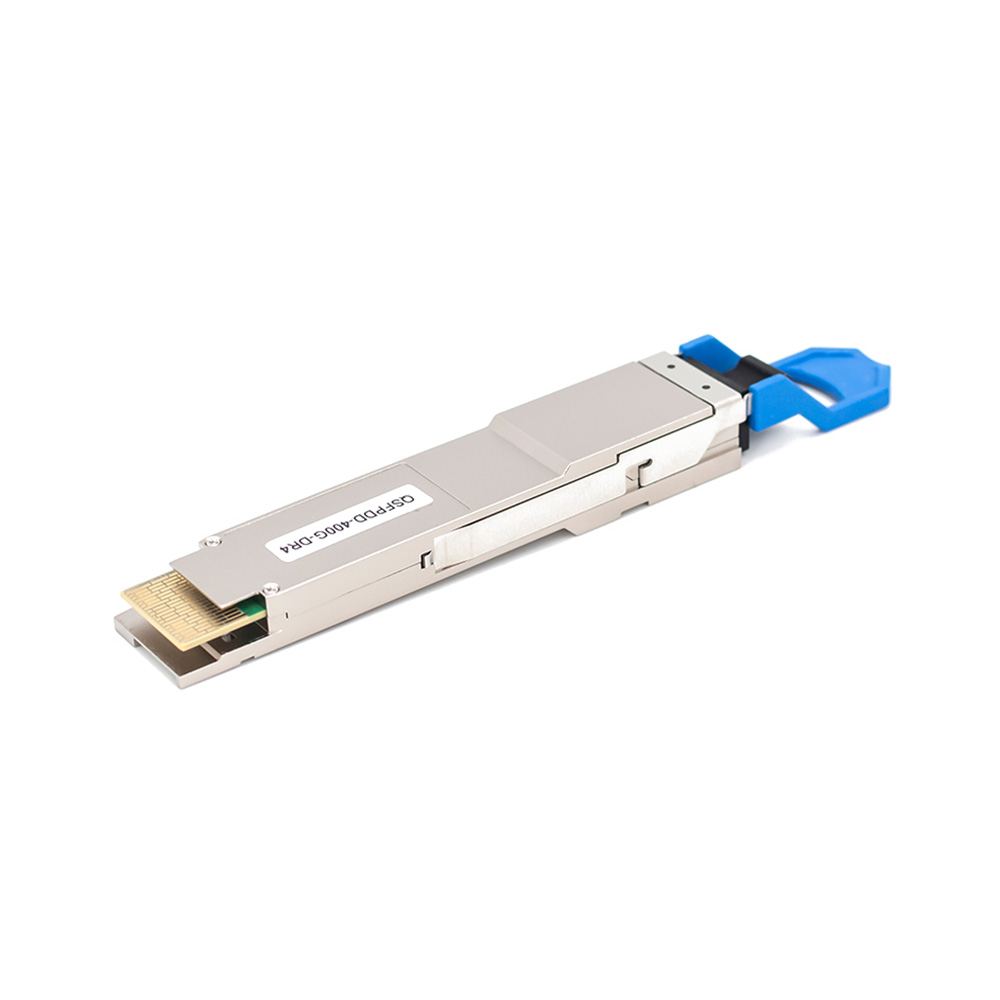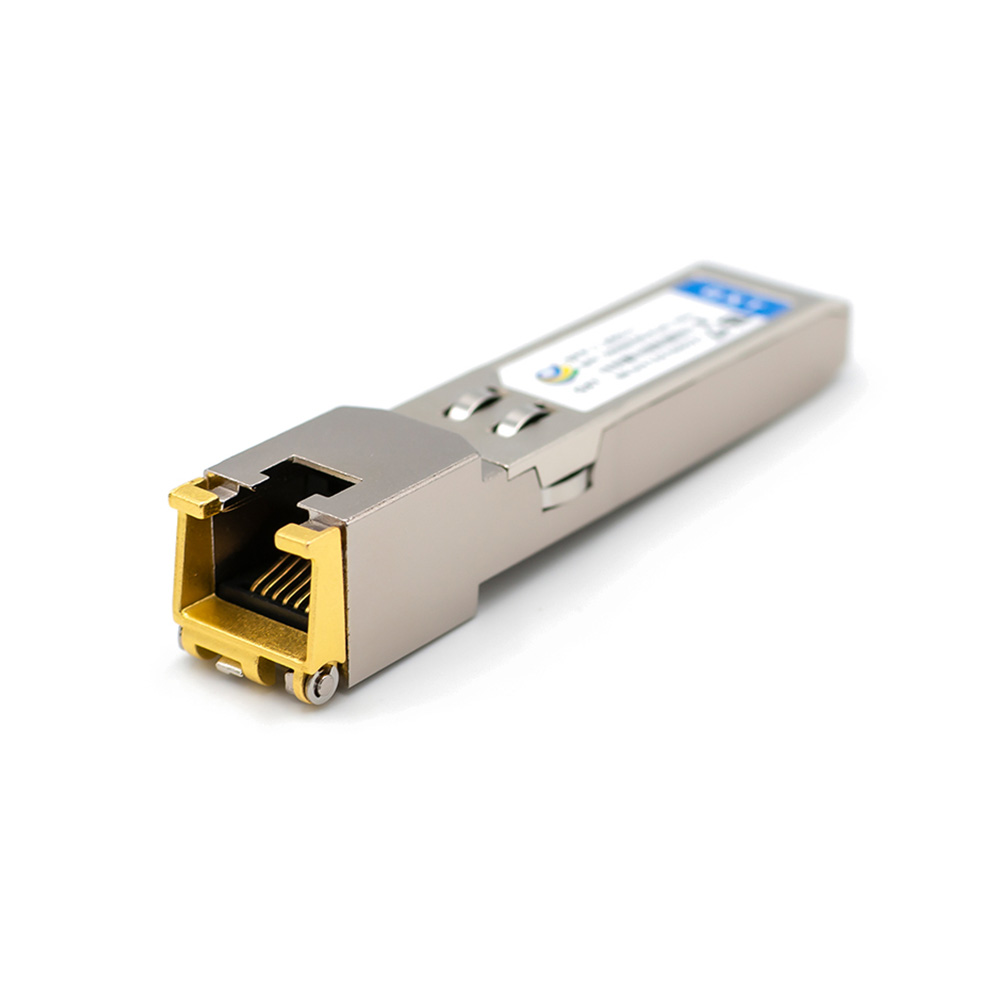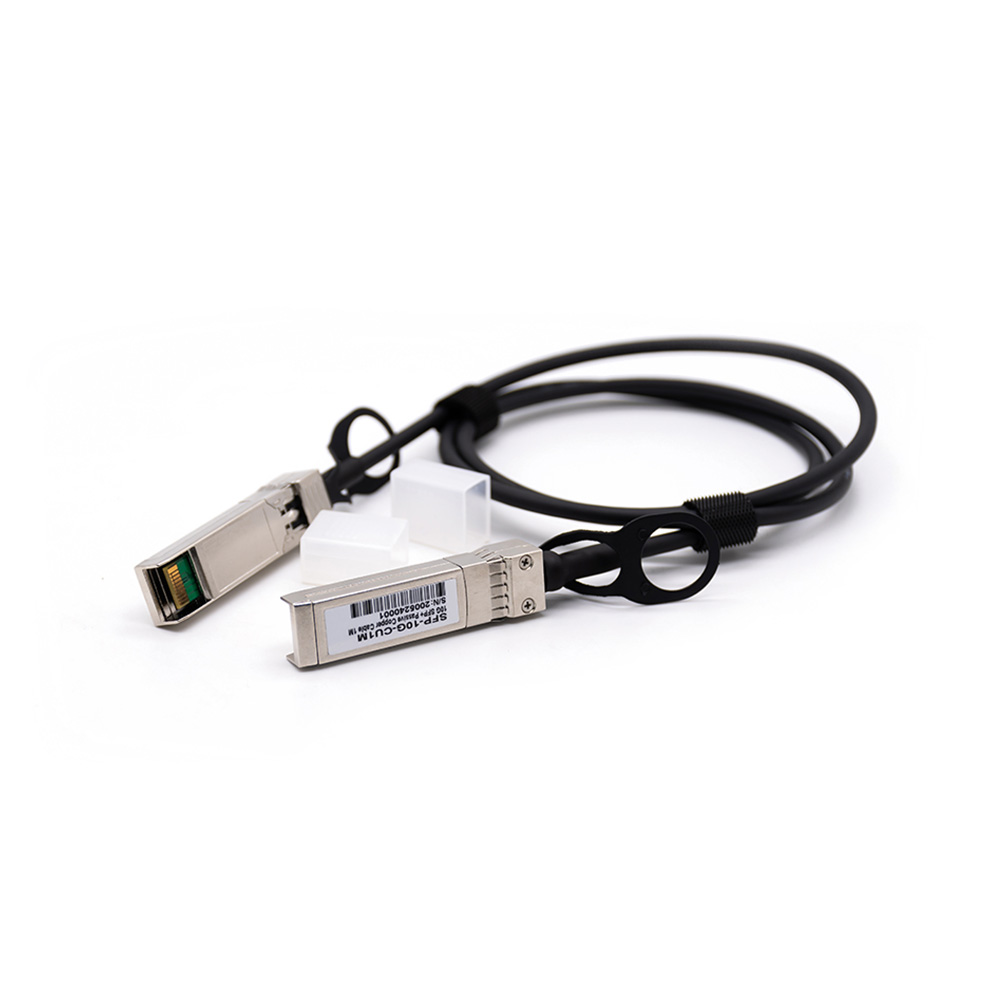UHF connectors (Ultra High Frequency connectors) are used for radio frequency (RF) signal transmission within the frequency range of 0.3 MHz to 300 MHz. Although their name includes “Ultra High Frequency,” they are actually more commonly used in the lower frequency bands of the RF spectrum, particularly in Very High Frequency (VHF) and lower frequency applications. With technological advancements, the name of this connector may be confusing, as the definition of frequency ranges has changed since its introduction.
UHF connectors were designed and developed by Amphenol in the 1930s by a team led by E. Clark Quackenbush. They were first used in radar and wireless communication systems during World War II. Since then, UHF connectors have been widely adopted in various RF applications.
Composition of UHF Connector
UHF connectors are known for their simple structure and rugged durability. They typically use a threaded coupling mechanism to ensure a secure connection between devices. The standard UHF connector consists of a PL-259 (plug) and SO-239 (socket) pair, featuring a threaded shell for mechanical stability and a central pin for signal transmission. The outer conductor is usually made of nickel-plated brass, while the inner conductor can be made of brass, silver-plated, or gold-plated material depending on the application.

One notable feature of UHF connectors is their non-constant impedance. Unlike modern RF connectors such as N-type or BNC, UHF connectors exhibit impedance variations along their length. This makes them less suitable for high-frequency applications, where maintaining constant impedance is crucial to reducing signal reflection and loss.
Usage of UHF Connector
UHF connectors are widely used in various devices and systems that require low-frequency RF signal transmission, particularly in amateur radio, CB (Citizens Band) radio, audio-video equipment, and certain military communication applications. Due to their robust structure and ease of manufacturing, UHF connectors remain popular in these fields, especially where high precision and high-frequency performance are not critical.
In amateur radio, users often choose UHF connectors for antenna connections and linking transmitters and receivers due to their cost-effectiveness and durability. In CB radio communication, UHF connectors commonly facilitate short-range wireless voice communication. For audio and video equipment, UHF connectors sometimes handle RF signal connections in older systems, though modern equipment generally favors higher-performance connectors.
Caveat
When using UHF connectors, the following points should be noted:
Frequency Limitations: Due to their non-constant impedance, UHF connectors are not suitable for applications above 300 MHz. Using them in high-frequency environments may lead to signal reflection and transmission loss, affecting the overall system performance.
Connection Quality: While UHF connectors are durable, their threaded design requires proper torque. Over-tightening can cause damage, while insufficient tightening may compromise signal transmission stability.
Durability and Environmental Factors: UHF connectors generally resist corrosion, but in harsh environments, particularly those with high humidity or salinity, users should choose models with additional plating or those made from more durable materials.
Alternative Options: For modern communication equipment requiring higher frequencies or more precise signal transmission, N-type, BNC, or TNC connectors are typically better choices because they provide constant impedance and lower signal loss.

BNC Connector

TNC Connector
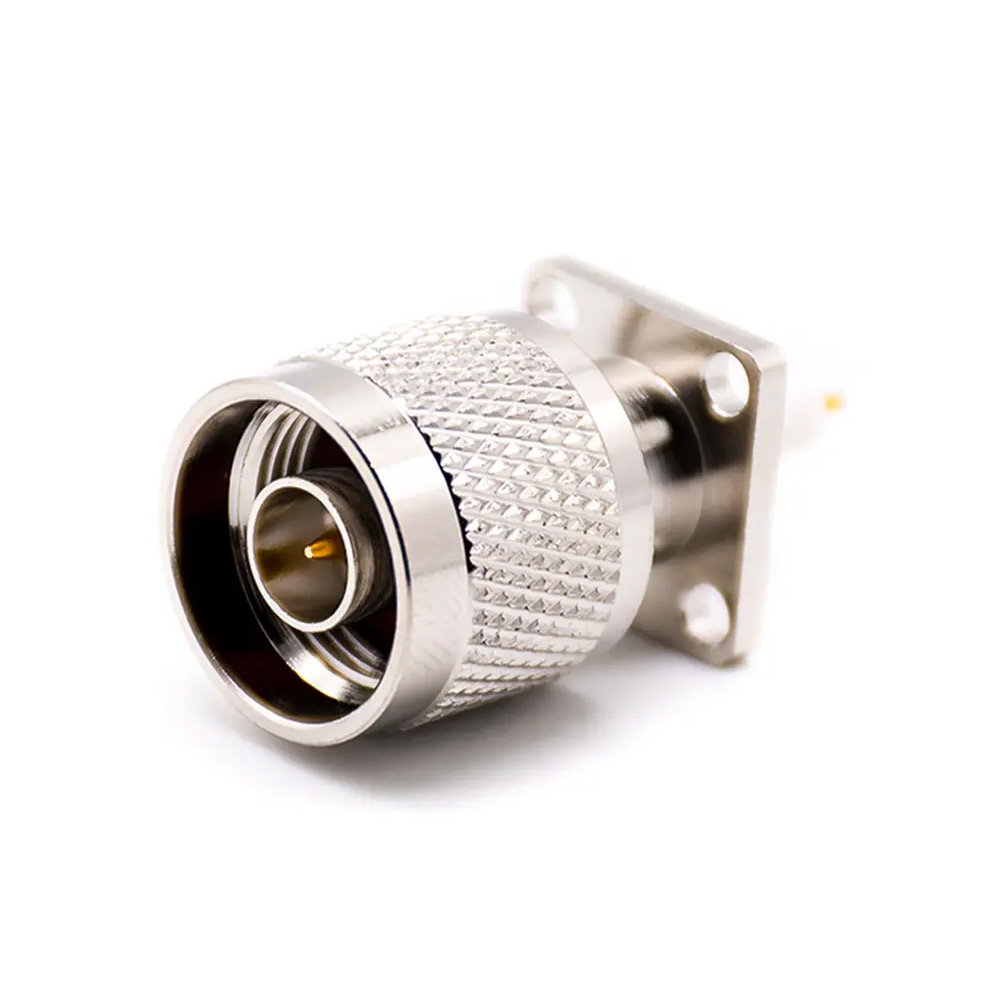
N-Type Connector
Although UHF connectors are no longer the first choice for high-frequency applications due to technological advancements, they still play a vital role in certain low-frequency communication systems. Their robust design, relatively low manufacturing cost, and solid performance in low-frequency applications ensure they remain competitive in specific fields.

